素描練習曲
Sketch Exercise: Artistic creation is not a sports competition, but rather a process of self-exploration.
Here lies a door to your own realm of art, opening the gateway to painting for you. Each stroke is a trace of growth, and this is a fantastical journey about painting. Whether you are a complete beginner, at a basic level, intermediate, advanced, or a master, everyone can discover their own rewards from these 30 sessions.
For the complete beginners, we swing open the doors of art, guiding you with simple steps to get started, ensuring that each stroke is a confident beginning. In the world of the masters, it's an expedition into deeper realms, using the techniques of painting to feel the resonance between art and the soul.
No matter which level of student you are, this course is tailored for you. We offer in-depth and accessible teachings, along with intricate techniques, allowing you to find your place in the world of art. Let us embark together on this journey of painting, seeking the source of inspiration, and exploring the infinite possibilities of art.
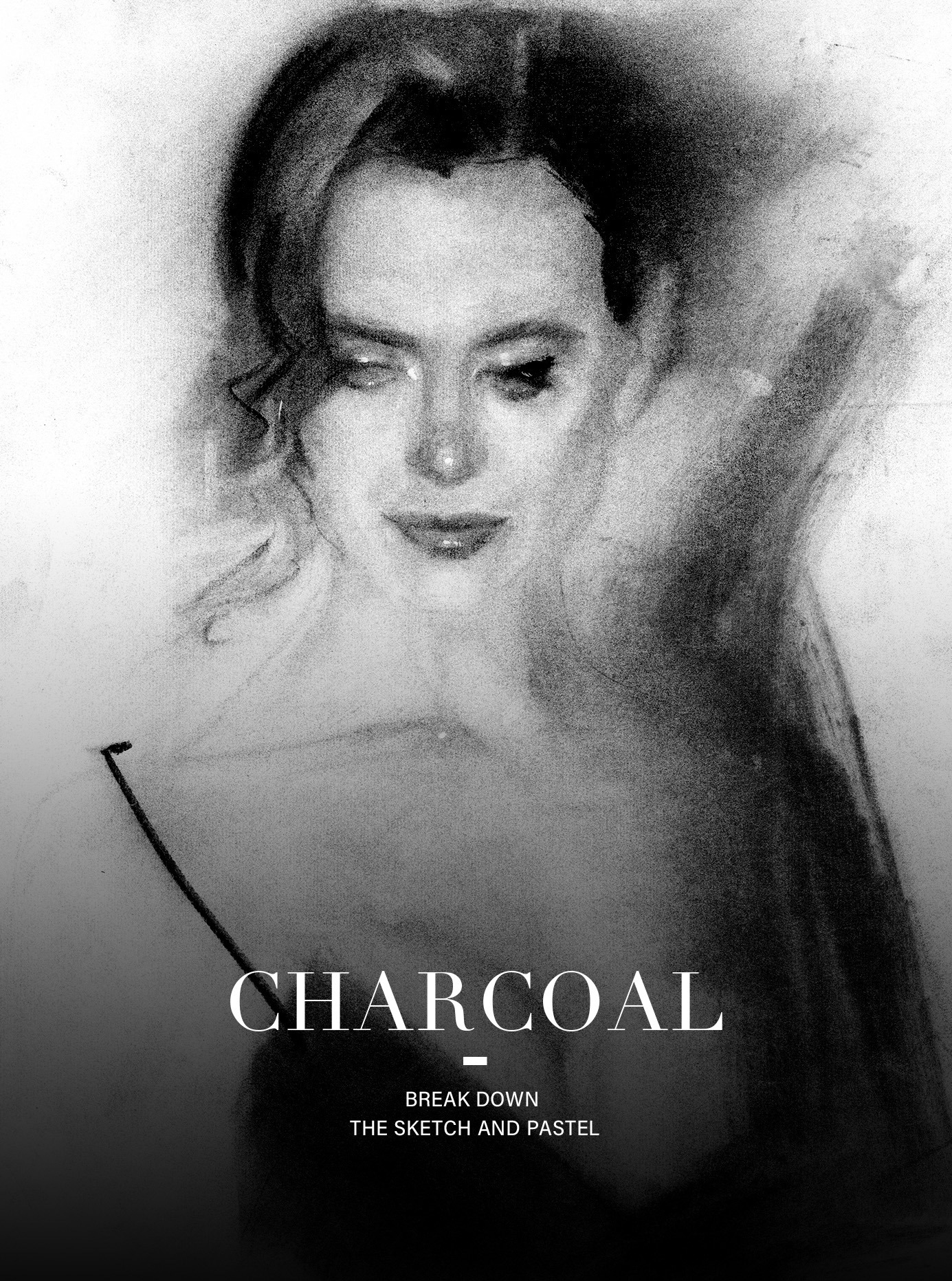
"Stroke by stroke, a flowing soul; Line by line, condensed art."
Limited edition exquisite enrollment gift for pre-order. Created by Teacher Gary Tu, nearly two decades of painting techniques and principles are crafted into a beautiful handbook. The content anatomizes facial features, portrait proportions, and muscle lines, deconstructs the form and posture of various body parts, suitable for carrying for on-the-go sketching and creating, and can also be used as a textbook for reference and imitation. Specially designed as a limited enrollment gift for pre-order sketch online course students.
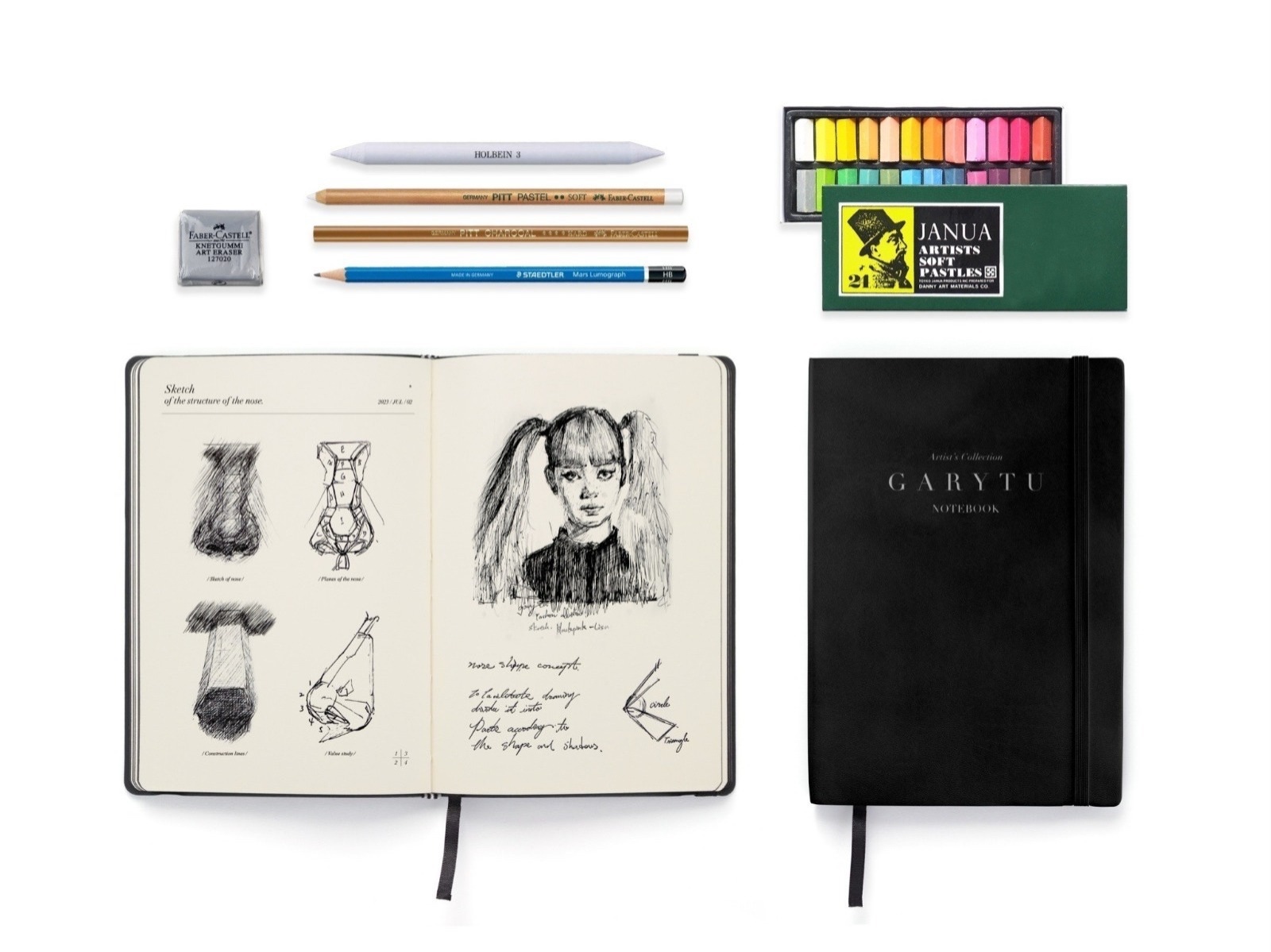
Following the life essays of Teacher Garytu, recording one's own life.
This enrollment gift, meticulously crafted by the Vanshion team, compiles his cherished manuscript sketches from many years into a special pre-order gift, allowing you to delve deep into GARYTU's artistic journey. You will personally experience the wondrous world beneath the artist's hand, feel the flow of artistic inspiration through his delicate strokes, and grasp the resonance of the stories behind each work. Through the teacher's instruction and guidance, referencing the teacher's structured notes, you can use the carefully prepared charcoal pen or your preferred pencil, ballpoint pen, and more on the blank pages of the notebook to systematically record the various facets of life. This will not only enhance your practice of structural details but also further strengthen your skills beyond the course.
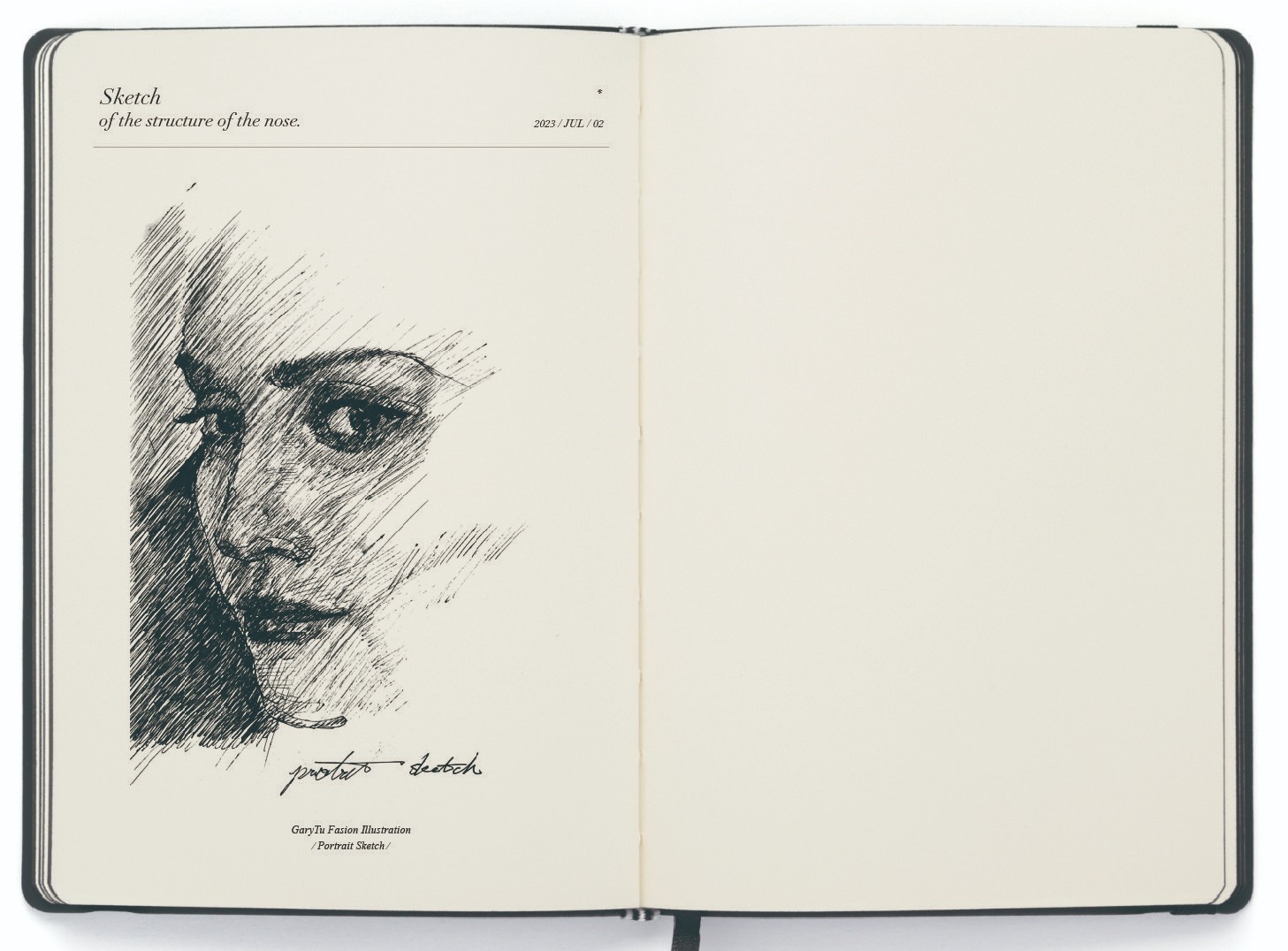
Facial Structure Notes
Observing the structure of the face, use the basic shape - the ellipse, to establish the overall shape and size. Gradually add other details such as the eyes, nose, and mouth. When drawing facial features, pay attention to the proportions between them, as well as the variations in their positions and shapes under different expressions. For example, when happy, the angle of the mouth's corners can convey varying degrees of happiness. When angry, the degree of furrowing of the brows matters. These subtle differences can all influence the portrayal of expressions.
Utilize simple geometric shapes like triangles or trapezoids to depict the basic contour of the nose. Then emphasize the bridge and nostrils. The bridge is the central part of the nose, and the nostrils are situated on either side of it. Also, take note of the shape and width of the bridge, as well as the size and shape of the nostrils. Incorporating the texture details of the nostril wings and the tip of the nose will enhance the realism of the nose.
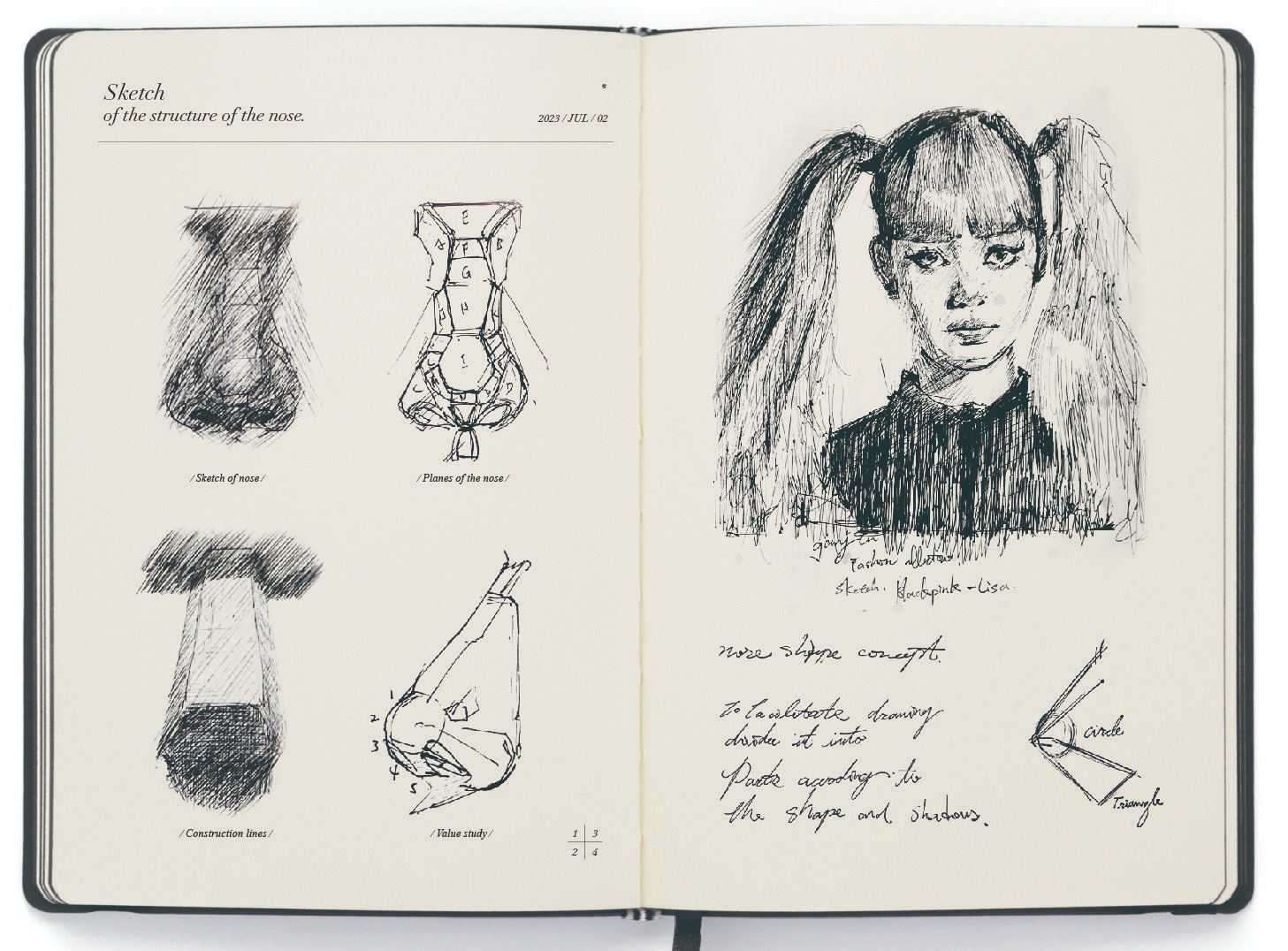
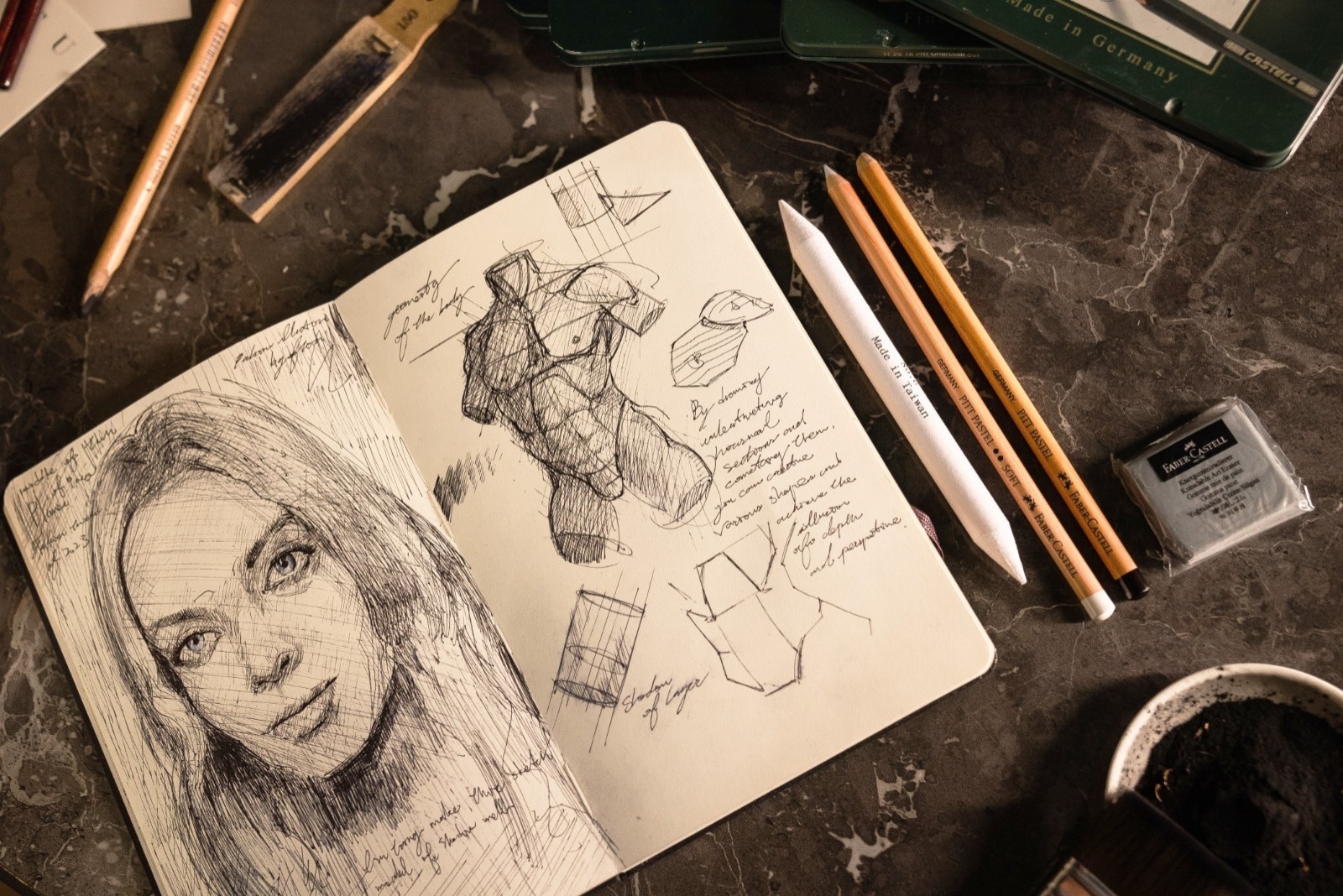
"Possessing a sketch journal, creating chapters of your art."
Eye Structure Notes
The Windows of the Soul - Eyes are a crucial element in sketching the human body, capable of expressing intricate expressions and emotions such as happiness, sadness, surprise, and more, infusing sketches with vitality. Firstly, closely observe the structure of the eyes: the relative positions and shapes of the pupil, iris, sclera, and eyelids. The pupil is typically circular or slightly oval, while the color depth of the iris varies from person to person. Ensure their shapes and colors are realistically depicted in your drawings. Pay particular attention to the shadows and lighting around the eyes, as they are essential for conveying depth. Lastly, capturing details around the pupil such as eyelashes, eyelids, and the texture of the sclera will enhance the realism of the eyes.
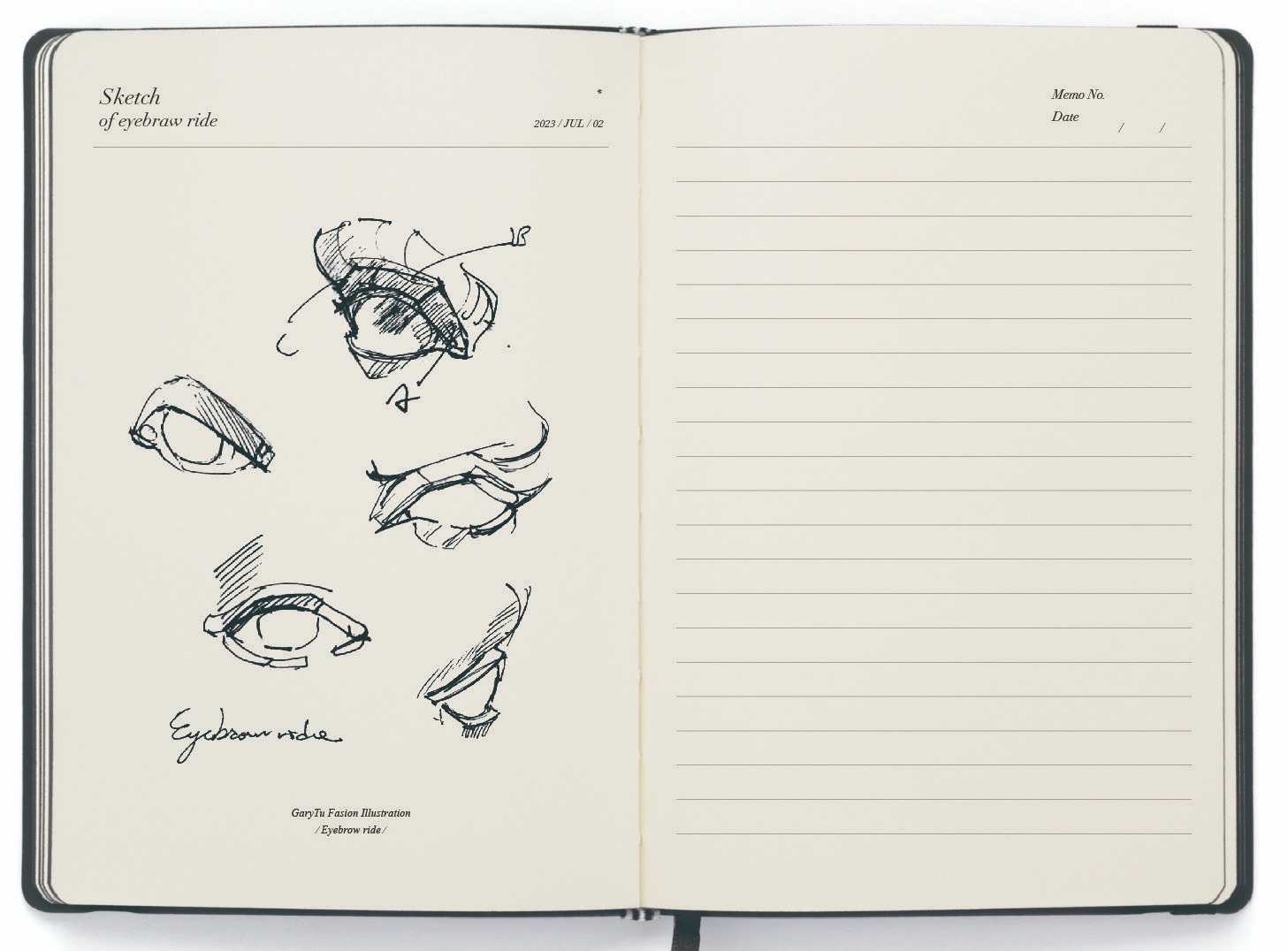
Human Body Line Structure Notes
Learning human anatomy and understanding the positions and shapes of major muscle groups contributes to drawing muscle lines. In the initial stages of depicting muscle lines, observing real models or referencing photographs is highly beneficial. This enables you to better capture the dynamics and forms of muscles, enhancing their realistic portrayal in your artwork. Muscle lines are often more prominent during a person's movement. Emphasizing dynamic poses and strength in your drawings can better showcase the variations and expressions of muscle lines. Despite the significance of muscle lines, remember not to overemphasize them in your drawings. Proper shading can aid in conveying the three-dimensionality and volume of muscles. Depending on your artistic style and subject matter, presenting muscle lines in moderation can render your artwork more natural and balanced.
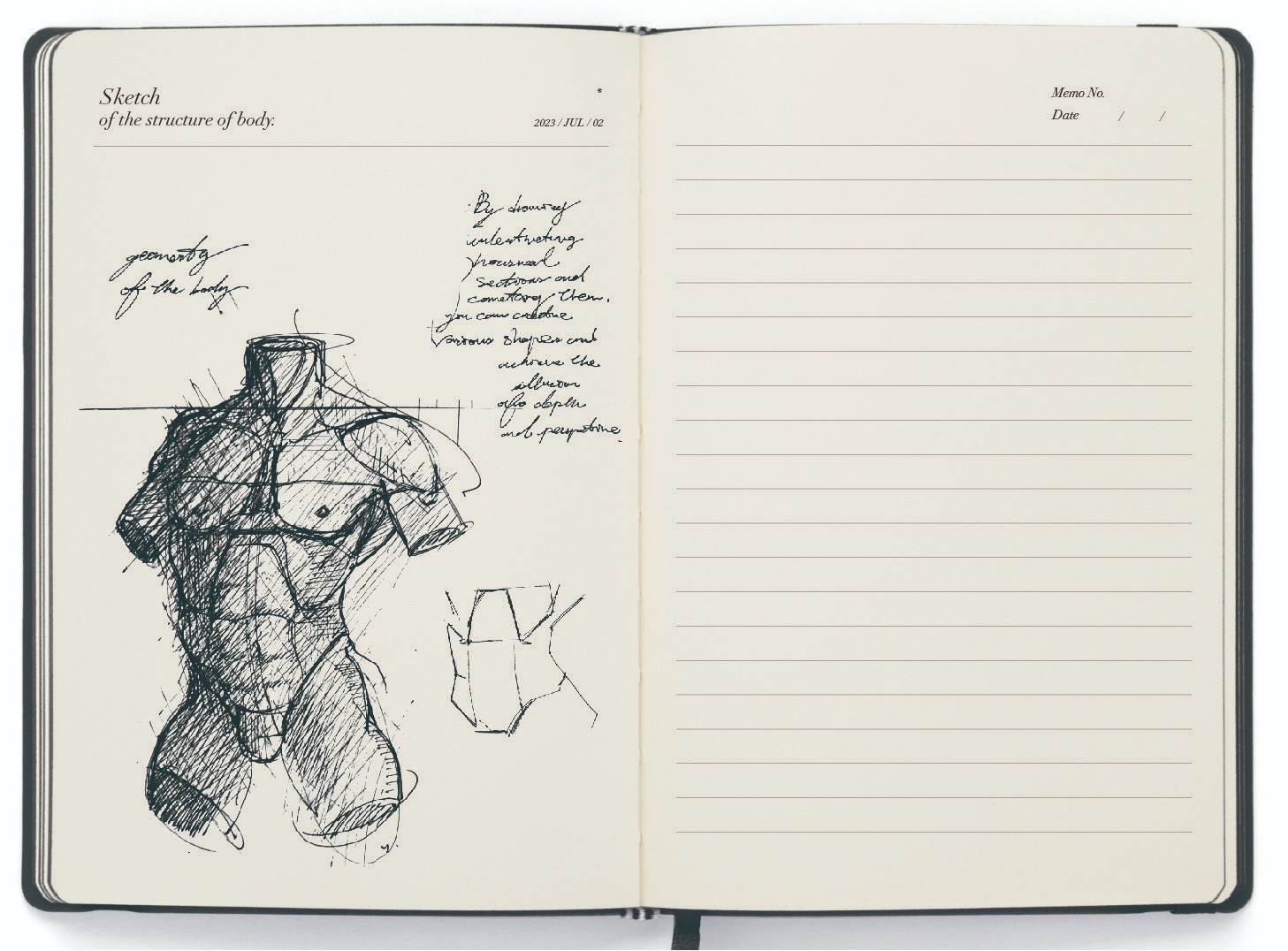
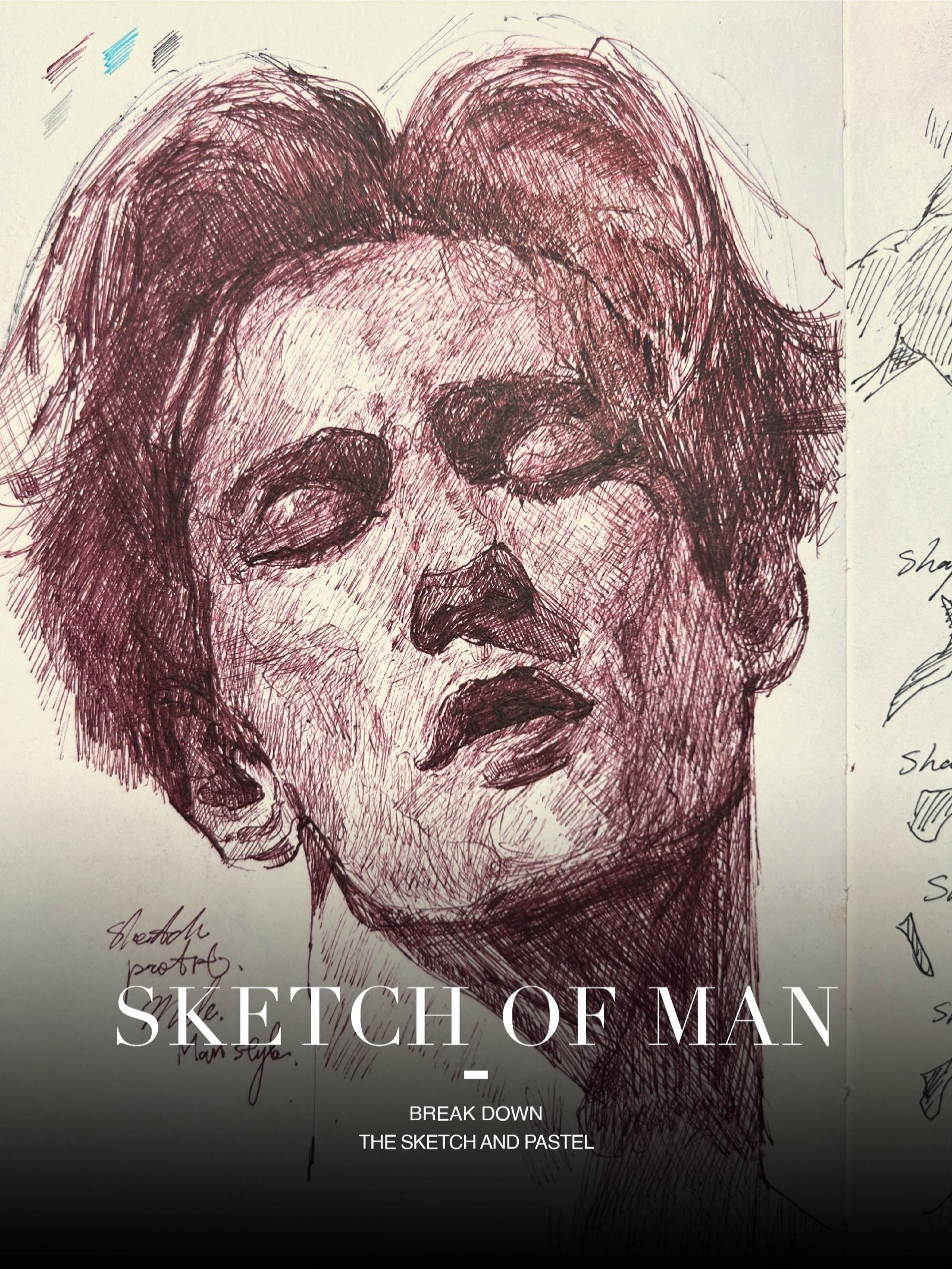
Master the principle -
Mastering the principles of light and shadow allows the features to possess a three-dimensional quality.
Understanding the fundamental principles of optics is one of the crucial techniques in sketching. It enables the features to exhibit more layers and a sense of three-dimensionality within the artwork. The depiction of light and shadow involves the reflection and refraction of light rays upon the surface of an object.
In sketching, once the position and direction of the light source on the object are comprehended, one can depict the features' shadows and highlights based on these principles. For instance, the shadowed portions of facial concavities like the eye sockets, bridge of the nose, and lips will develop appropriate shading due to the light source's position, providing a heightened sense of three-dimensionality.
Simultaneously, the prominent areas of the features, such as the bridge of the nose, cheekbones, and lips, will experience direct light and create highlights, accentuating their three-dimensional nature. By utilizing these foundational principles, one can accurately grasp the positioning and shape of shadows and light, rendering the features in the artwork with enhanced realism and depth. This technique is not only applicable to portraying facial features but also to the representation of other objects, bestowing the artwork with increased layers and authenticity.
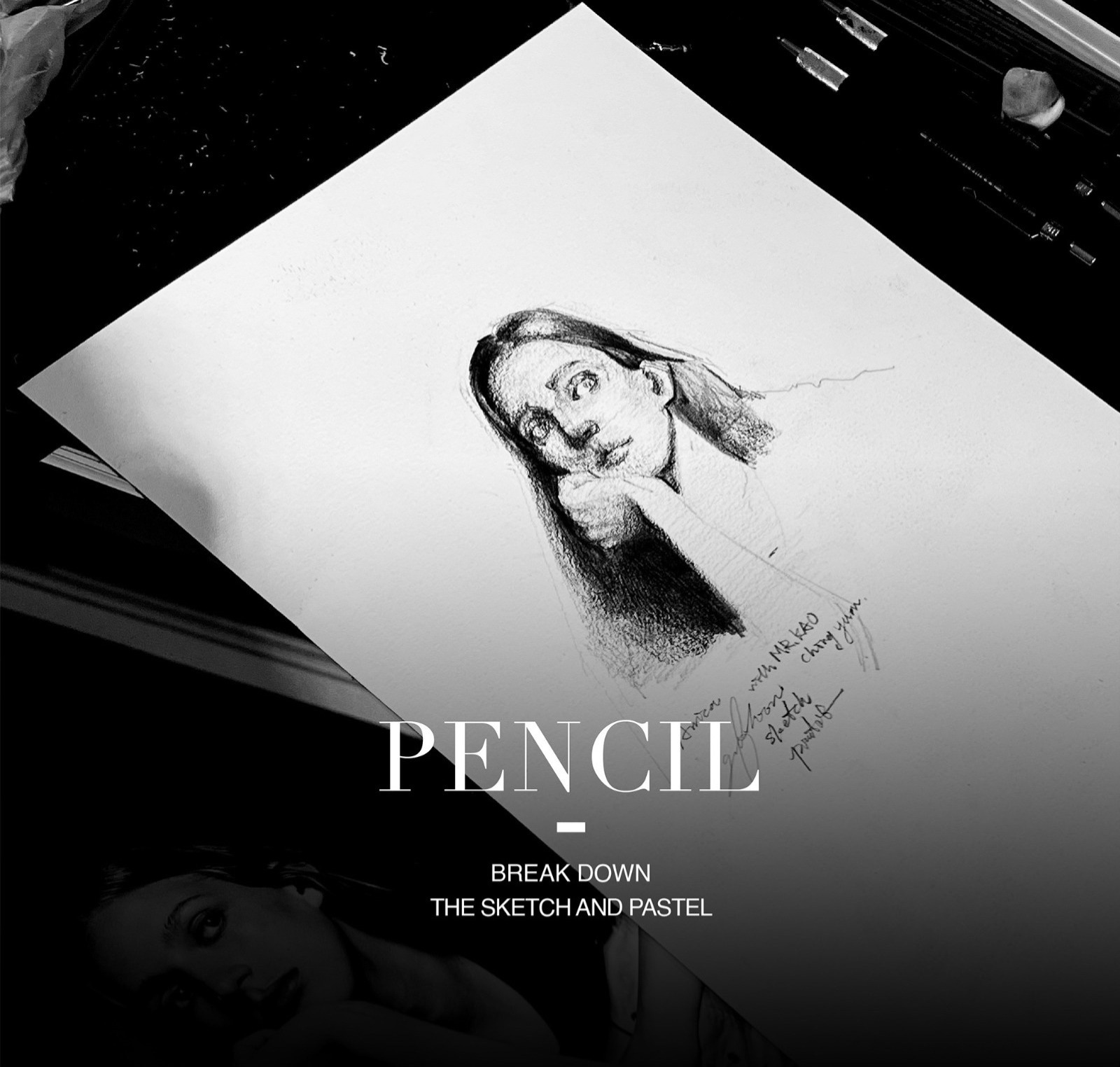
Opening the Door to Sketching from Pencil Sketches
The pencil is one of the classic forms of expression in the world of sketch art.
Through the use of a pencil, artists can depict the shapes, details, and shadows of objects with variations of black, white, and gray. This creates works of art with a high sense of realism and delicate texture.
This classic mode of expression not only highlights the technical aspects of sketching but also directs the audience's attention to the emotions and content within the composition. Pencil sketch artworks, with their pure and minimalist style, have become one of the timeless pursuits for artists.
Professional Sketching Tools, Providing You with an Extraordinary Experience
・GENERAL Charcoal Pencil (Black) - 1 piece
・GENERAL Charcoal Pencil (White) - 1 piece
・Sketching Paper Pad - 1 set
・Soft Eraser - 1 piece
・STAEDTLER Pencil - 1 piece
・JANUA Elderly Brand Soft Pastels 24 colors - 1 box
・GARY Signature Hand-Bound Sketch Notebook - 1 copy
Friendly Reminder: In case of item shortages, we will substitute with tools of similar quality from different brands.
*Pre-order Limited Enrollment Gift
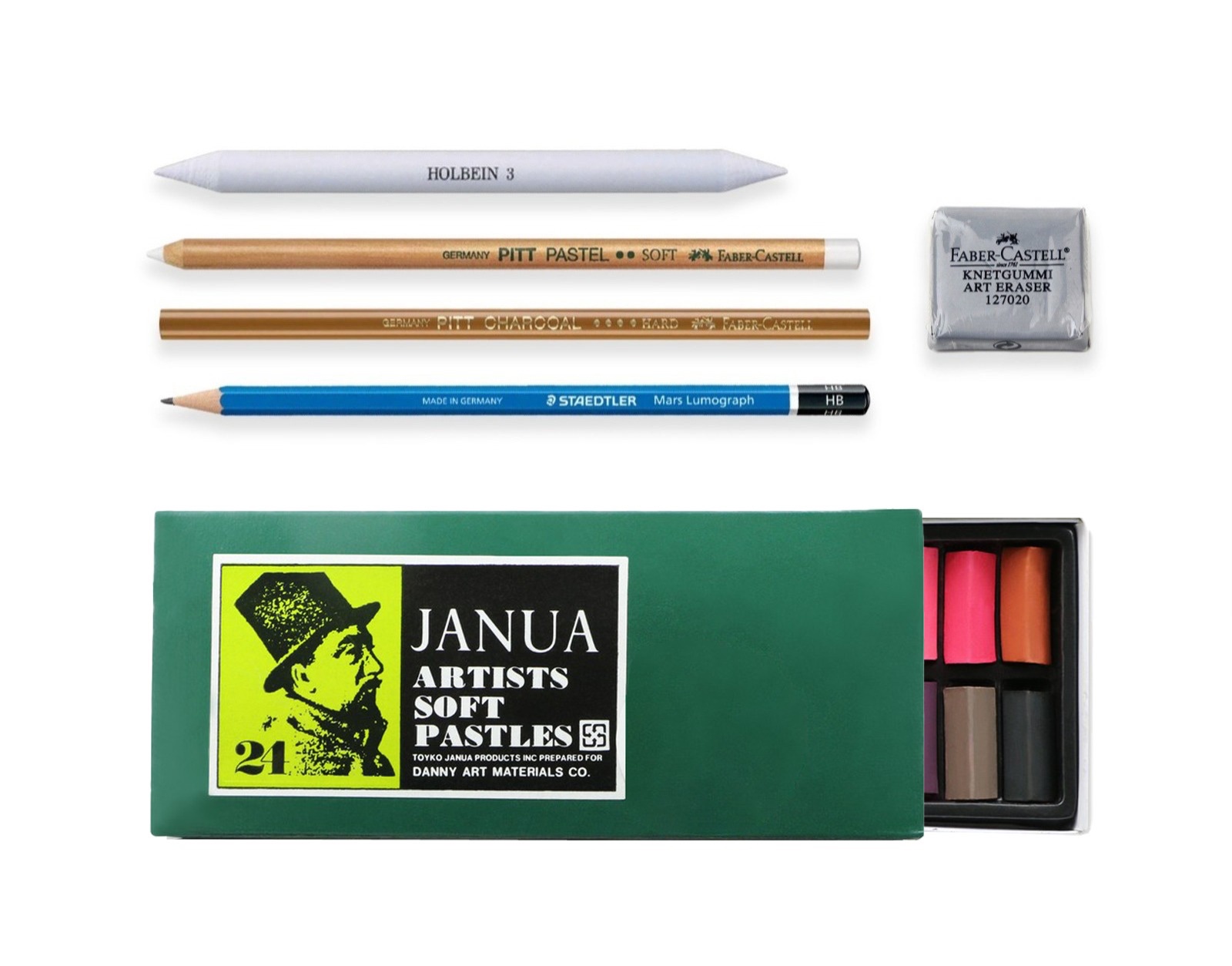
"Tracing the Origins" - A Historical Context of Sketching and Modern Painting From 1240 to 1927, you can now download the exquisitely crafted lecture notes on art history through the study of painting. The course is open for enrollment.
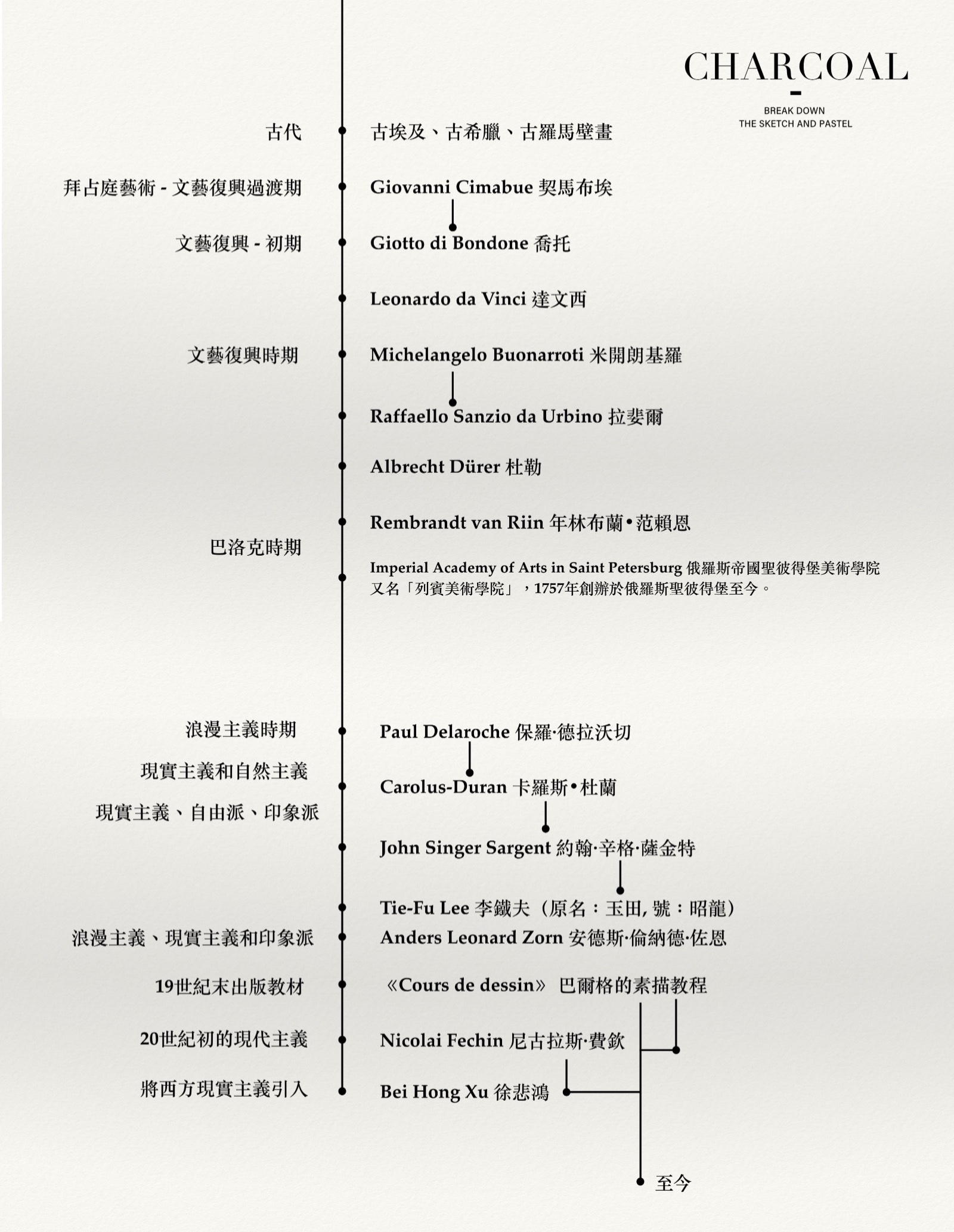
"Tracing the Origins of Drawing Education"
1825-1883 French artist, held a significant position in 19th-century French art education. Bargue is most renowned for his teaching methods and instructional materials on sketching. The "Bargue Drawing Course" (Cours de dessin), co-authored by Charles Bargue and Jean-Léon Gérôme, is celebrated for its intricate line drawings and anatomical knowledge, being considered one of the most comprehensive artistic learning resources of its time.
Charles Bargue gained recognition for his role in 19th-century French art education and the textbook "Bargue Drawing Course." His teaching methods and sketching exercises had a profound impact on the development of many artists, making him an important figure in the history of art education.
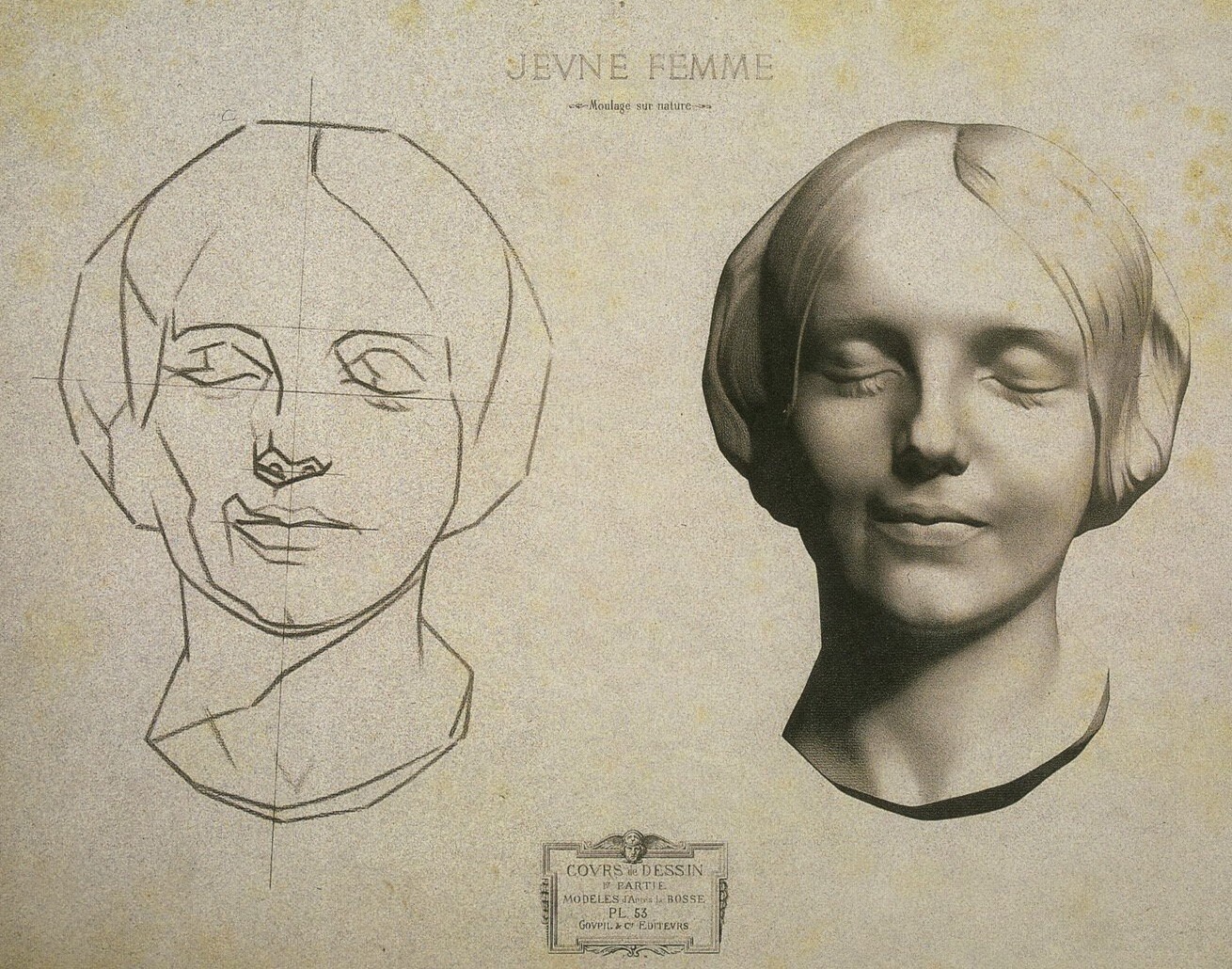
"Guided Tour of the Bargue Drawing Course, Cours de dessin"
The purpose of "Bargue Drawing Course, Cours de dessin" is to teach students precise drawing skills and observational abilities, while cultivating their artistic capabilities through the replication of master artworks. The sketching exercises in this textbook are considered an effective method to enhance students' skills. Many renowned artists, such as Van Gogh and Picasso, have improved their drawing abilities by studying the "Bargue Course".
The book is divided into three sections: Sculpture Studies, Masterpiece Reproductions, and Male Figure Studies. The aim is to enable students to express nature in an ideal yet realistic manner, with the human figure serving as a pivotal aspect of self-expression. Bargue's artistic philosophy, influenced by Neoclassicism and Realism, emphasizes the generalized treatment of forms and characters. Even the less attractive aspects of figures are faithfully observed and presented.
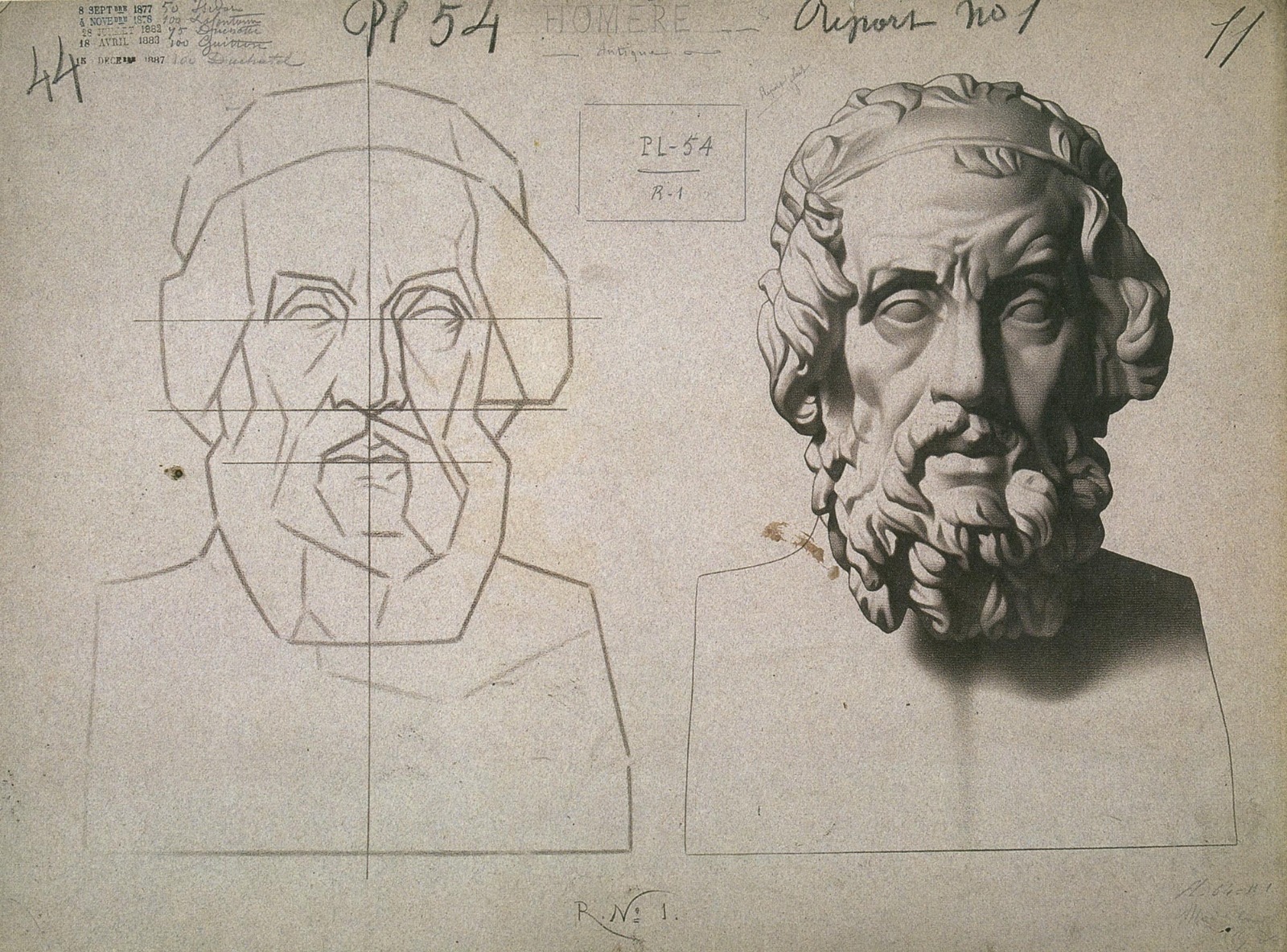
"Sculpture Sketch"
Bargue excelled in using sculptures as subjects for his drawings. Static sculptures allowed for focused exploration of single viewpoints and posture expressions. White or light-colored sculptures facilitated the observation of light and shadow, as well as the treatment of grayscale variations. In Bargue's sketching teachings, the concept of an occlusion box emphasized the stark contrast between black and white in the shaded areas of plaster sculptures under specific lighting conditions, resulting in intense shades of black, gray, and white.
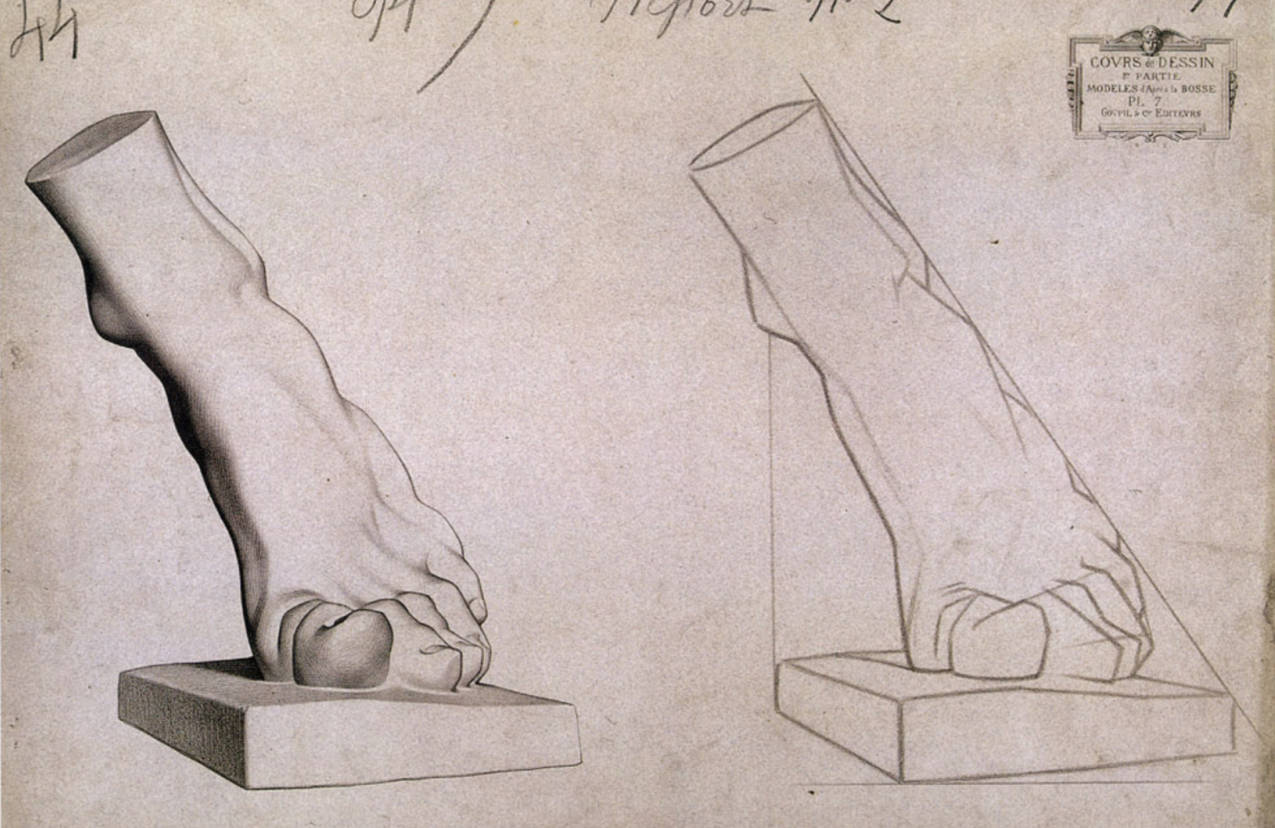
"Sculpture Measurement Method - Secrets of Drafting."
Burg's approach to the treatment of contours and compositions pursues the graceful balance of classical aesthetics. A substantial number of measurement methods are employed, interpreting light and shadow through the succinct and precise segmentation of lines.
Among these techniques, the concept of the plumb line measurement method from geodesy is utilized. Auxiliary lines are used to refine the observer's visual acuity, continuously dividing it into different tonal ranges of light and shadow. Complex anatomical compositions and their structures, arranged in intricate and close-knit patterns, form a complex visual structure and a sense of three-dimensional depth.
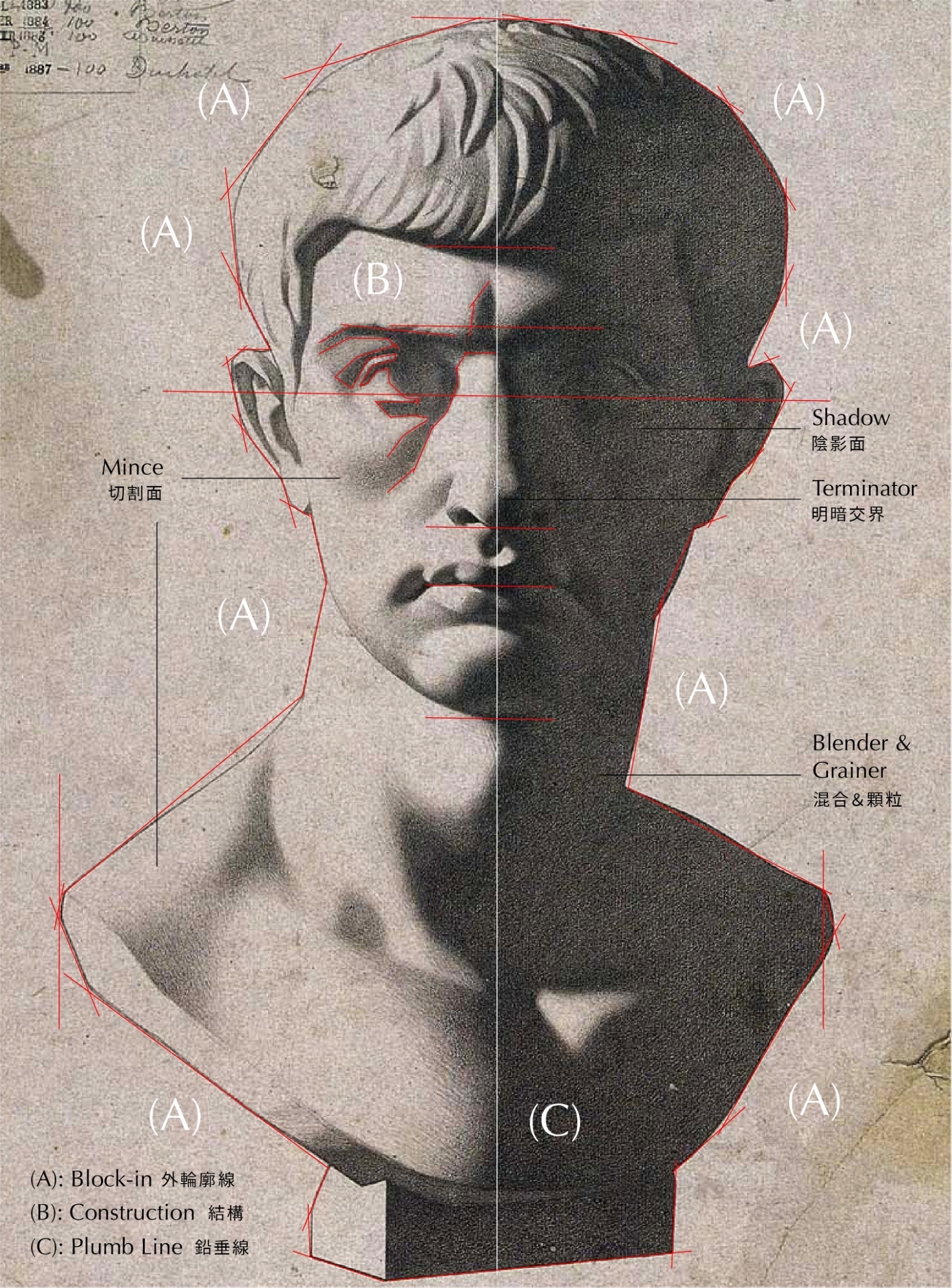
"Understanding Light and Shadow Changes from Geometric Circles."
In this course, we will start from geometric circles and delve into the principles of light and shadow changes. Through the study of geometric circles, students can comprehend the impact of light source position, direction, and angle on objects. Through practical exercises involving geometric circles, we will further apply these principles to depict portraits, making facial features more realistic and three-dimensional.
A foundation in drawing provides a solid base for understanding circles and changes in light and shadow, enabling more confident portrayal of various shapes and rendering of light and dark effects.
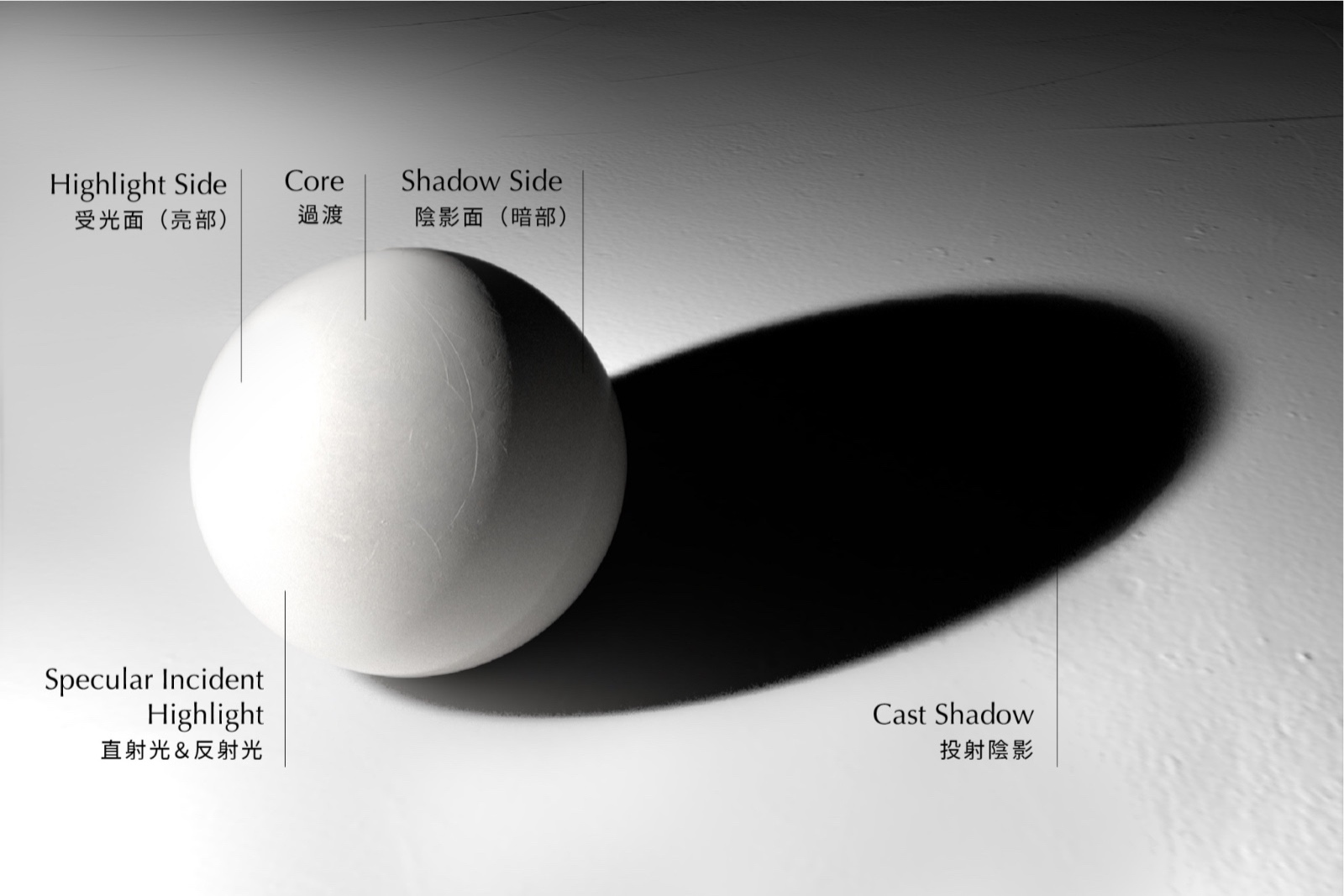
Extended Course Content
ABOUT
SKETCH
In the course of drawing techniques, we not only focus on the fundamentals of drawing skills but also extend to teach the following exciting content, making your journey in art more diverse and enriching: "Mastering Light and Shadow Depths, Expressing Object Textures, Background and Perspective, Application of Pastel Colors, Portraying Figures and Expressions." This rich drawing techniques course will guide you through a fantastical journey of creation. Here, you will no longer be just a student, but a creative artist, where every stroke and every drawing becomes an expression of your soul and emotions.
As time stands still, portraying the primal essence of humanity.
GARYTU has always been renowned for his fashionable style, but this time he is introducing a brand-new charcoal portrait course, delving into a more realistic approach to drawing. This course will focus on depicting the primitive visage of humans, showcasing the true facets and emotions of humanity through techniques like pencils, charcoal, and pastels.
From profound gazes to distinctive facial textures, GARYTU will guide students into the realm of the primal beauty of humanity. This is an artistic journey to explore the countenance of humanity, allowing you to feel the most genuine and primal beauty of humans through charcoal depiction.
Whether you possess a foundation in drawing or not, this class will inspire your creative potential and provide an unprecedented artistic experience. Are you ready to explore the primal beauty of humanity? Welcome to join our charcoal portrait course and together, let's create unparalleled pieces of art!
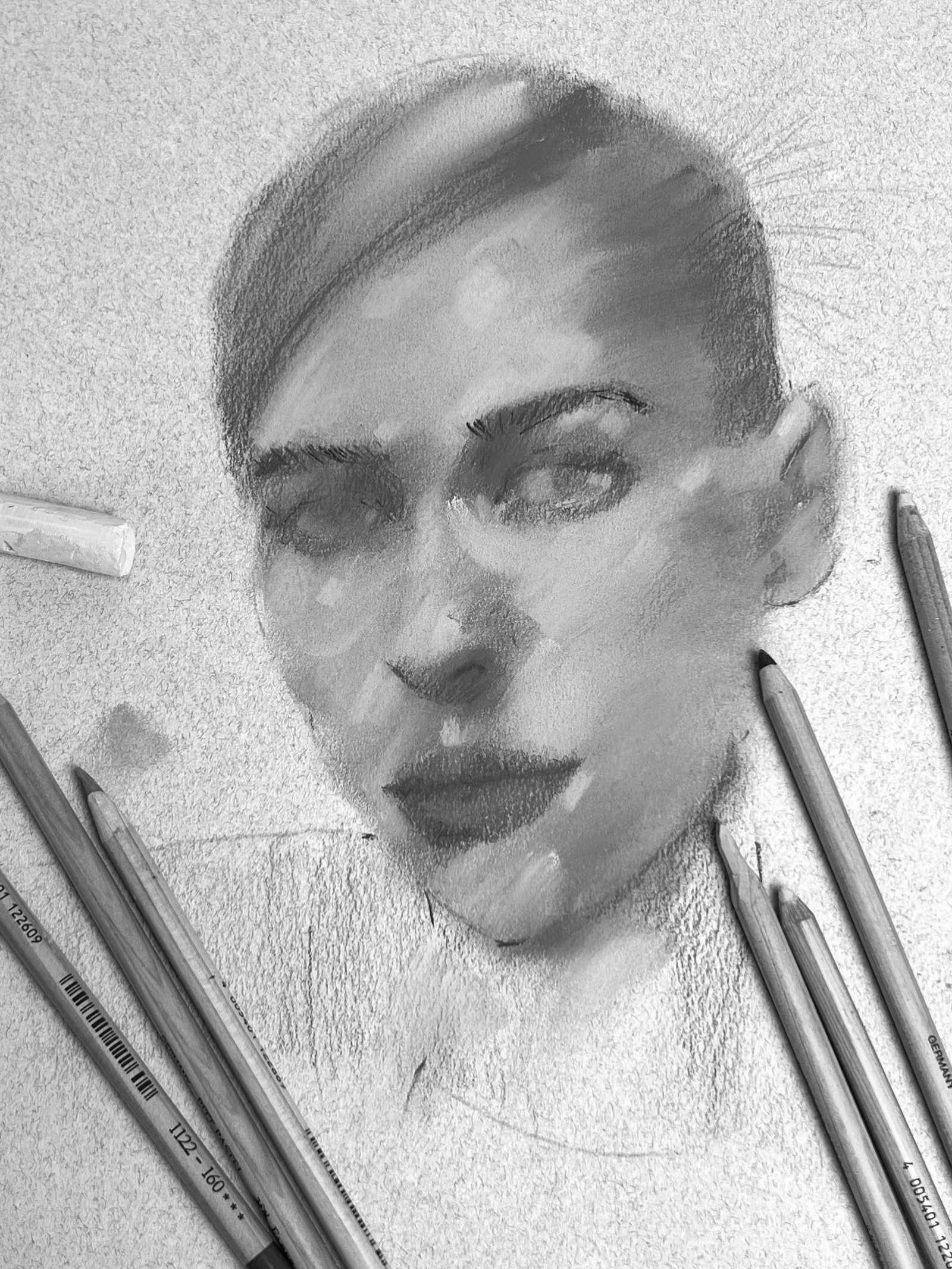
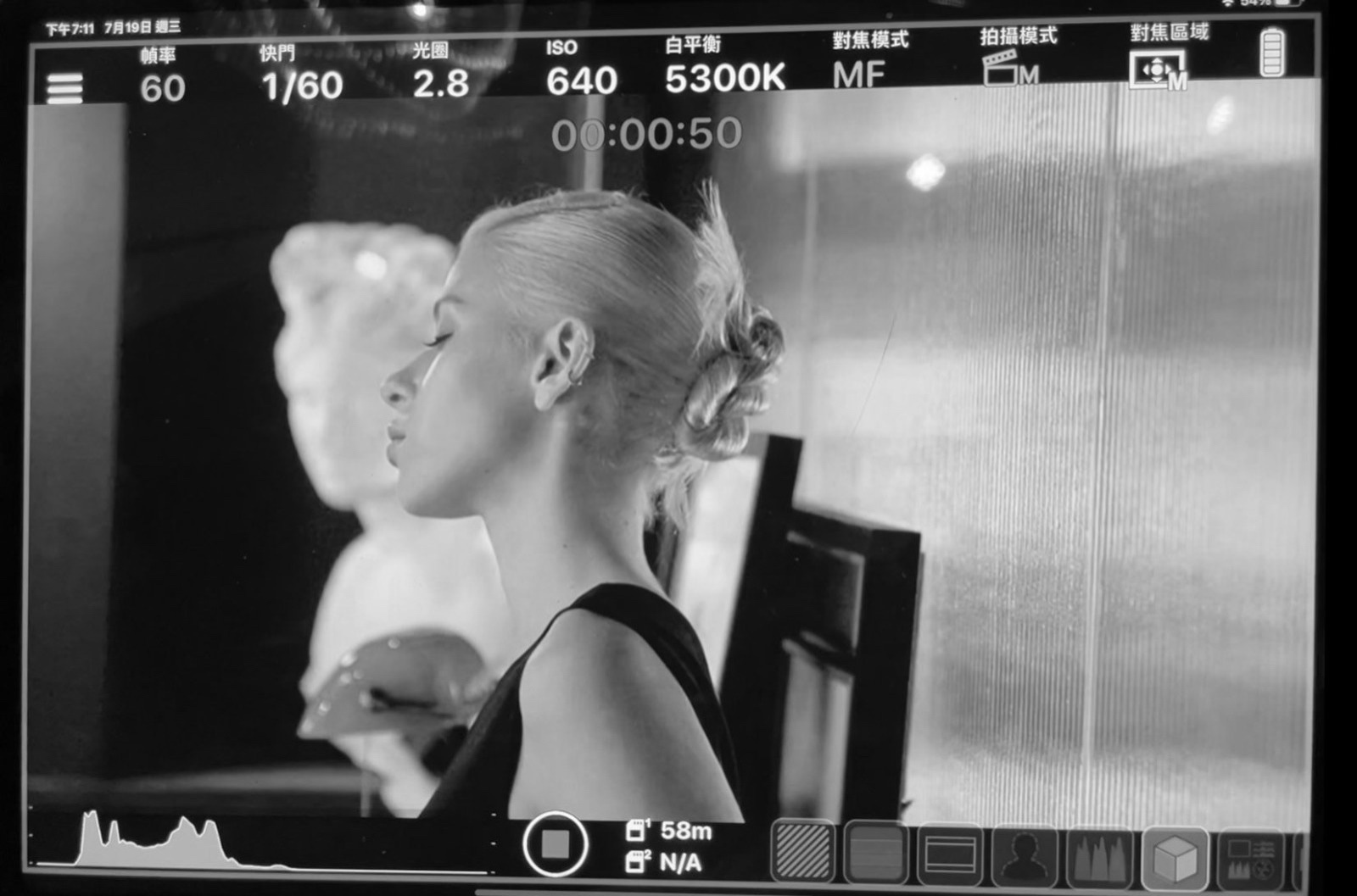
Live Drawing the Principle -
When we choose to view things through photos, it actually diminishes my capturing ability; experiencing the true on-site sensation gives more vitality to the lines.
-edyhkm-cuiwt3.jpg)
Professional models and creative setting.
We have invited a professional model - DIANA - to join us at the creative scene.
We understand that art is not only a showcase of skills but also an expression of emotions. That's why we've crafted a professional and nurturing learning approach for you, allowing you to feel the authenticity and emotional expression throughout your creative process.
We bring you real-life physical portrait models. Here, you'll have the opportunity to learn from GARYTU on how to interact with portrait models face-to-face, experiencing their vivid expressions and unique charisma. They will become a wellspring of inspiration for your artistic creation, enabling your brush to capture every genuine emotion.
"THE GUIDE Portrait Creation Guide: DIANA"
Depicting a real model and creating art by looking at photos require different considerations. Whether it's capturing a live model's emotions and vibrant atmosphere or painting from a photograph, both approaches demand practice and patience.
For live models, focus on capturing the fleeting emotions and dynamic ambiance; when working from photos, emphasize understanding perspective and color. Regardless of the creative method you choose, continuous practice and challenging yourself will undoubtedly lead to growth and progress in portrait creation.
Embracing the beauty of black and white, mastering charcoal to create a sense of three-dimensionality, and utilizing various techniques. Familiarize yourself with the characteristics and usage of charcoal, mastering appropriate brushstrokes and techniques. Deepen your understanding of basic optical principles, learning how to use shadows and highlights to convey depth. Explore the portrayal of different textures, from rough to smooth, to depict the genuine tactile sensation of objects. Practice capturing emotions and dynamic atmospheres in both dynamic and static scenes. Proficiently master sketching techniques to infuse spontaneity and vitality into your artwork. Learn to enrich your pieces with details, showcasing a unique style and expressive force. Grasp the principles of perspective to infuse your compositions with depth and three-dimensionality.
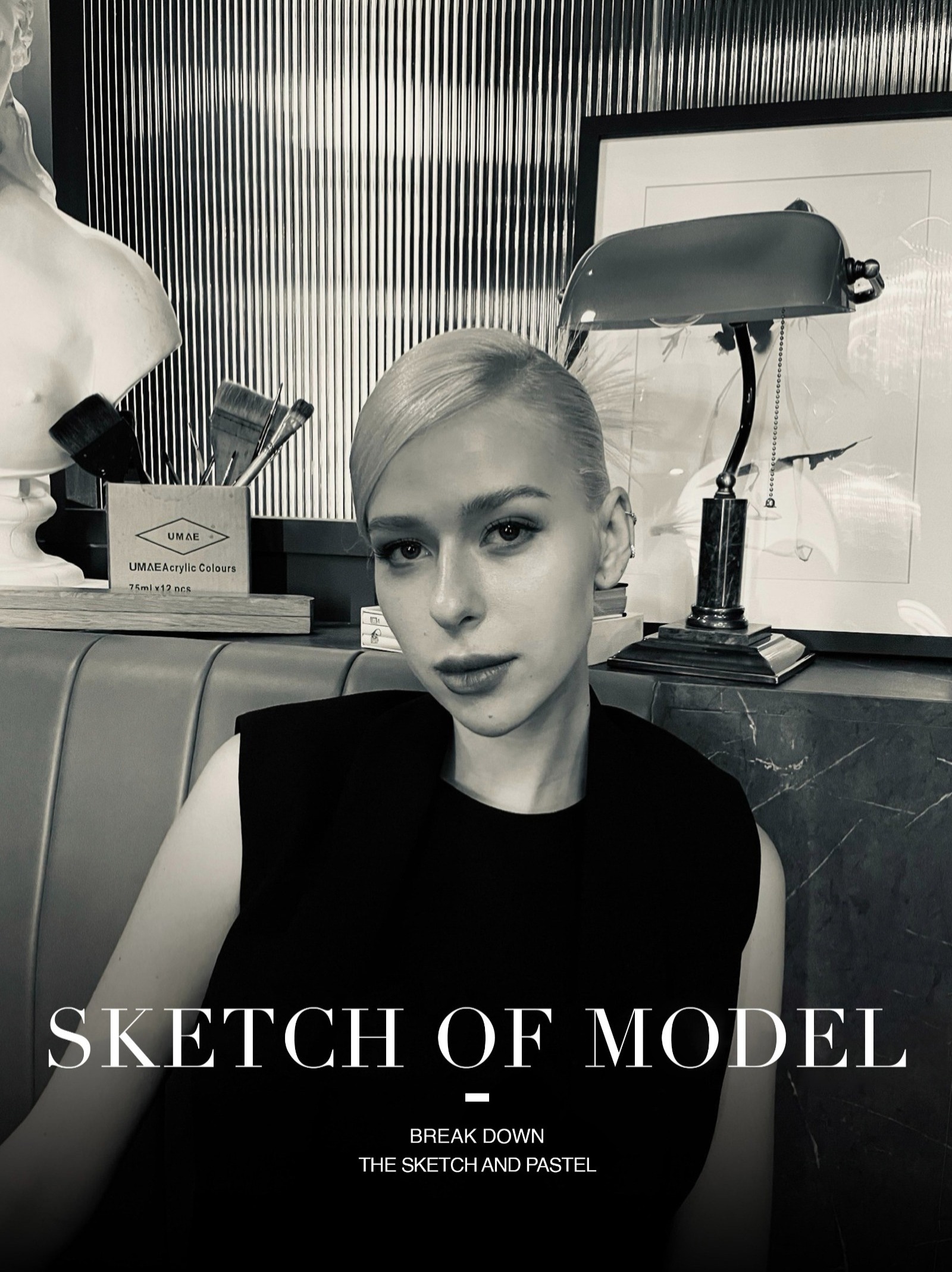
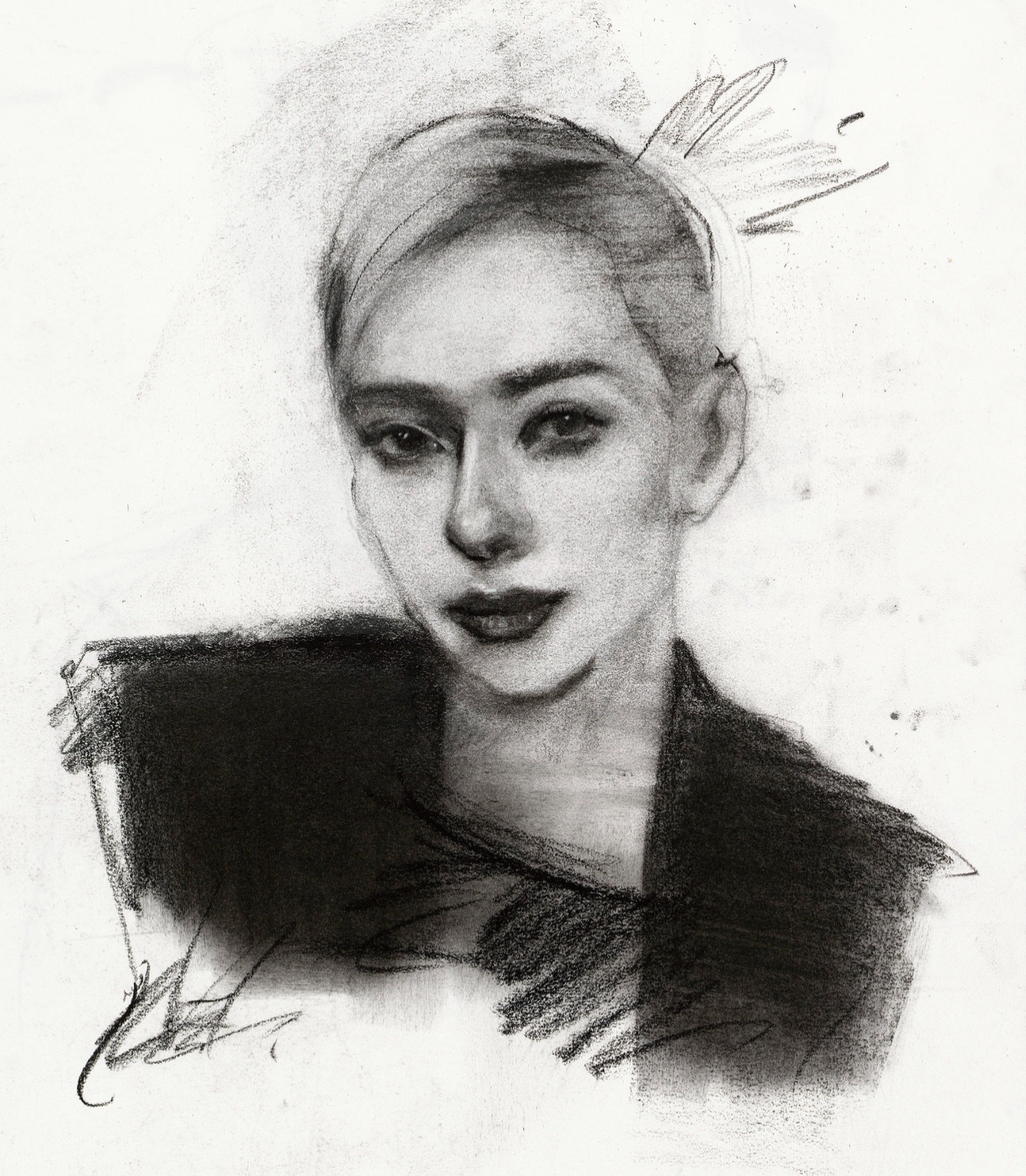
Live Drawing the Principle -
Blending techniques from various eras, amalgamating one's own artistic style.
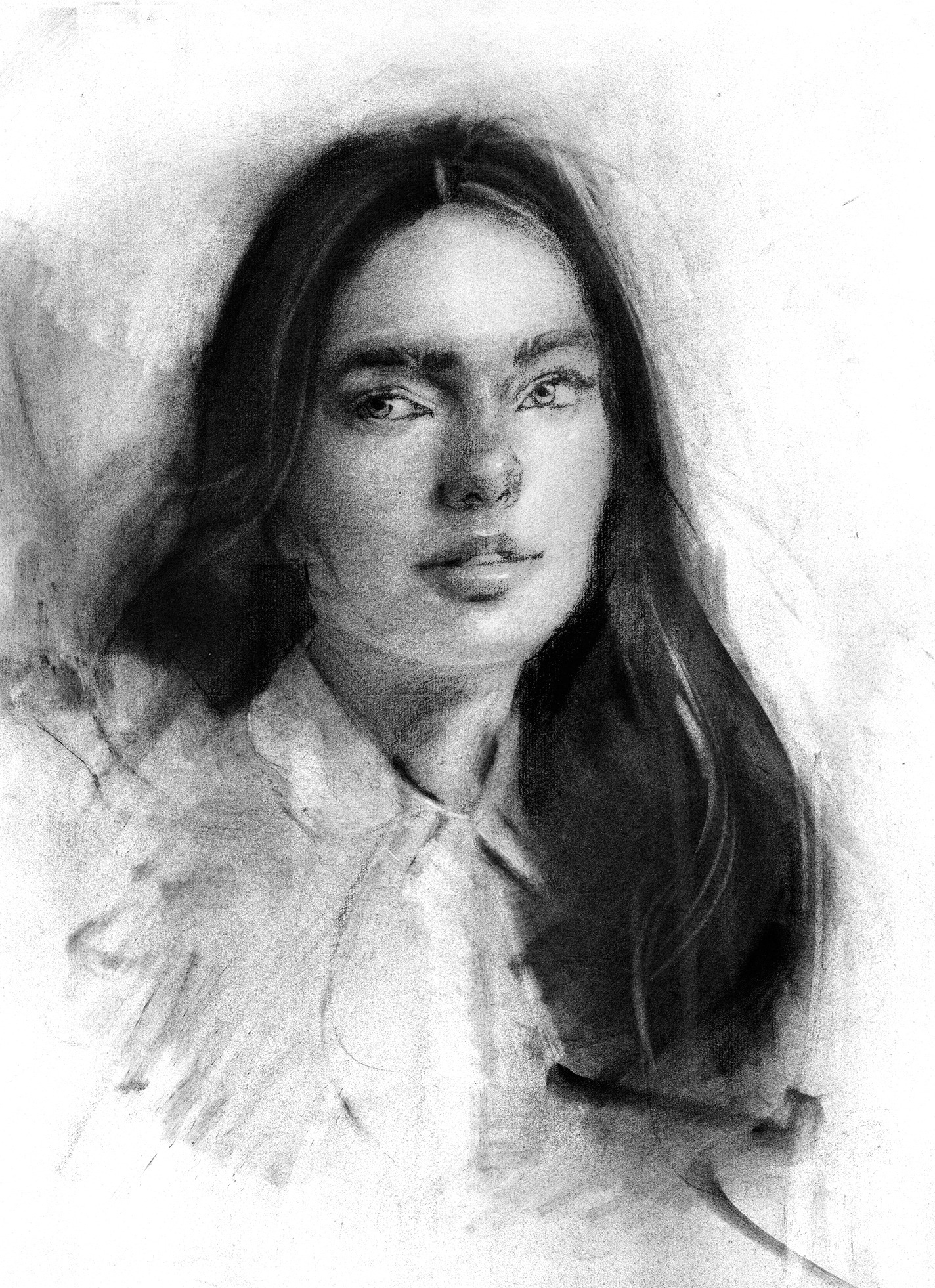
Creating a Sense of Depth
The Beauty of Black and White, Diverse Application of Light Techniques.
Exploring Classic Charcoal Themes, Capturing Facial Expressions. Charcoal art is an immensely challenging mode of expression, amalgamating an artist's emotions and skills to perfectly present the inner feelings of individuals on paper. Through meticulous observation of facial expressions, we will delve into the emotional variations of different moods, from joy to sorrow, from surprise to serenity; each expression tells a unique story. Throughout the course, you will learn how to employ various brushstrokes and shading techniques to craft depth and dimension, rendering the expressions of characters more vividly real. Whether you are a beginner or an experienced artist, we will guide you patiently and attentively, helping you progressively master charcoal techniques and elevate your creative prowess.
Winning with Details, the Delicate Strokes of Charcoal Pencil.
Whether it's depicting precise lines, intricate textures, or conveying subtle light and shadow effects, charcoal pencil can flawlessly outline them.
The usage of charcoal pencil is similar to regular pencils, but it's important to avoid applying excessive pressure to prevent the tip from breaking or damaging. It's suitable for various drawing styles such as sketching, life drawing, realism, illustration, comics, and sketches, especially favored by artists and enthusiasts who emphasize detail and intricate representation.
Whether you're a professional artist or a novice art enthusiast, charcoal pencil can assist you in creating high-quality and intricate artworks.
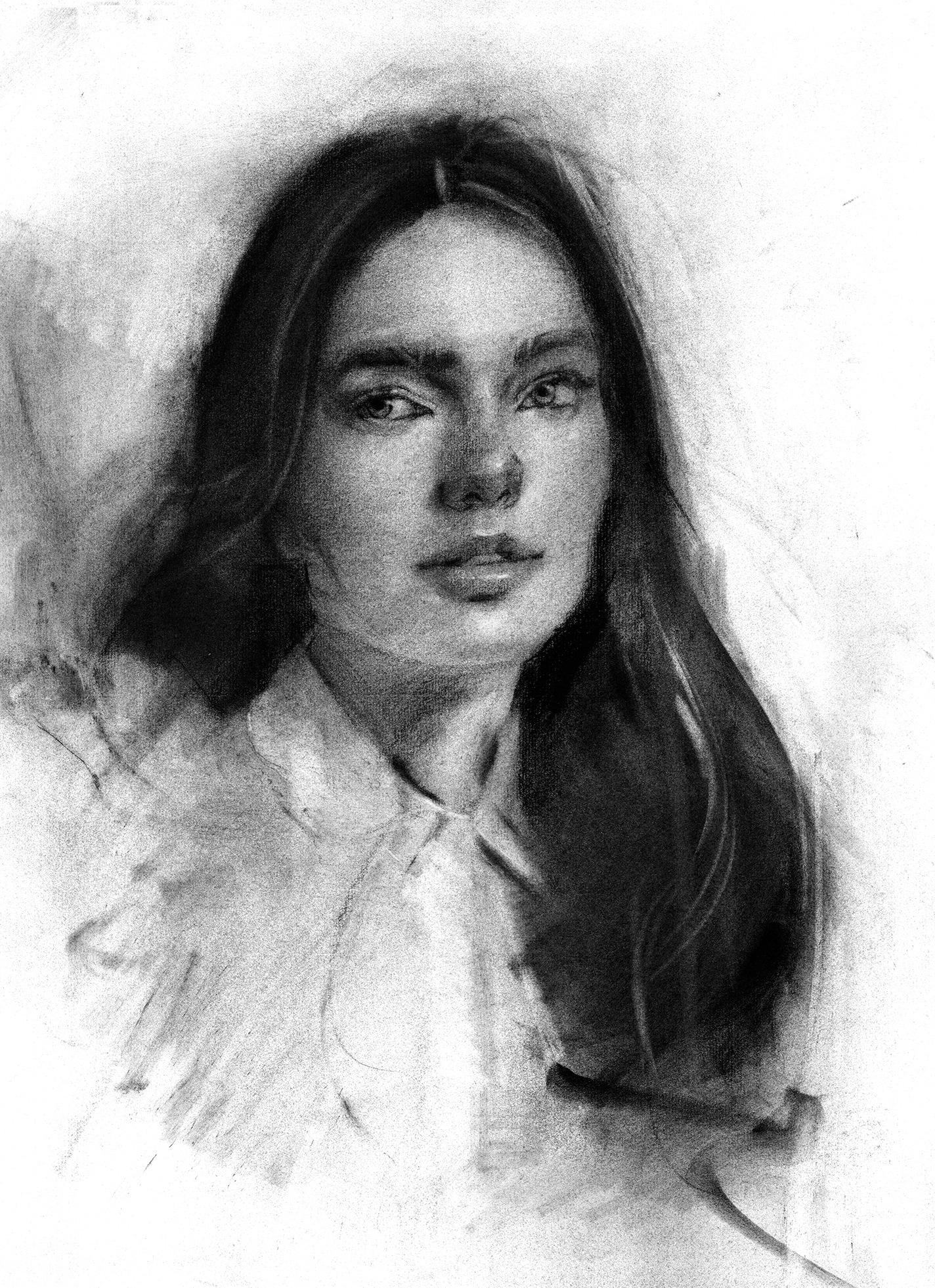
The Stylistic Expression of Charcoal Pencil and Charcoal.
Charcoal Pencil is an extremely delicate drawing tool that can showcase intricate detailing and texture effects. In comparison to charcoal, charcoal pencil exhibits some notable differences in drawing.
Charcoal pencils are generally tinted and can be used to depict subtle color variations, while charcoal is typically monochromatic, limited to black and white tones.
The tip of a charcoal pencil is finer, allowing for finer strokes, making it more suitable for detailing and intricate textures. Overall, charcoal pencils and charcoal each have their own characteristics and applicable ranges. Choosing which tool to use depends on your personal drawing style and the effects you want to achieve. Regardless of your choice, continuous practice and exploration can refine and distinguish your creative work.

Deconstructing the Entire Process of Sketching
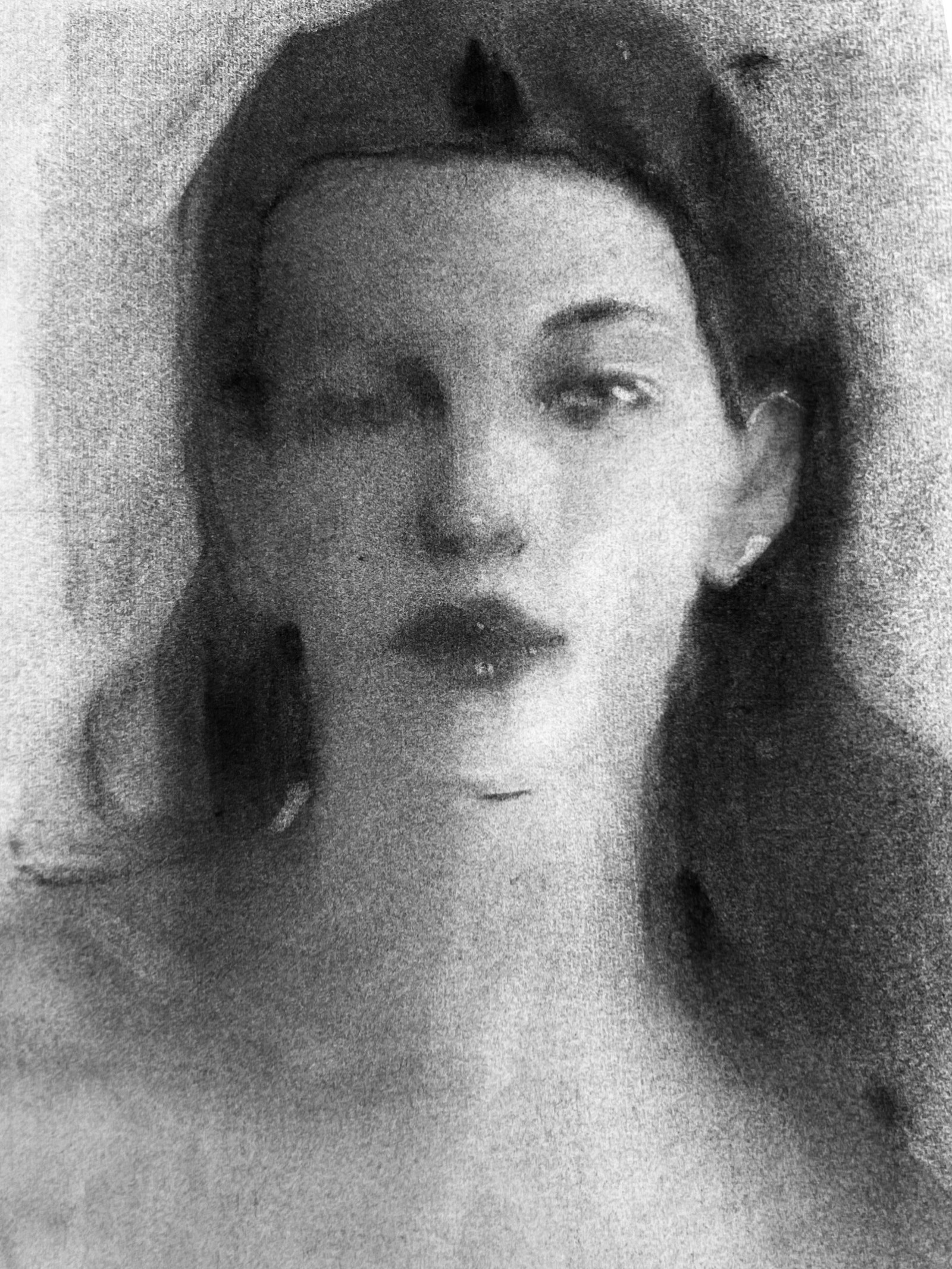
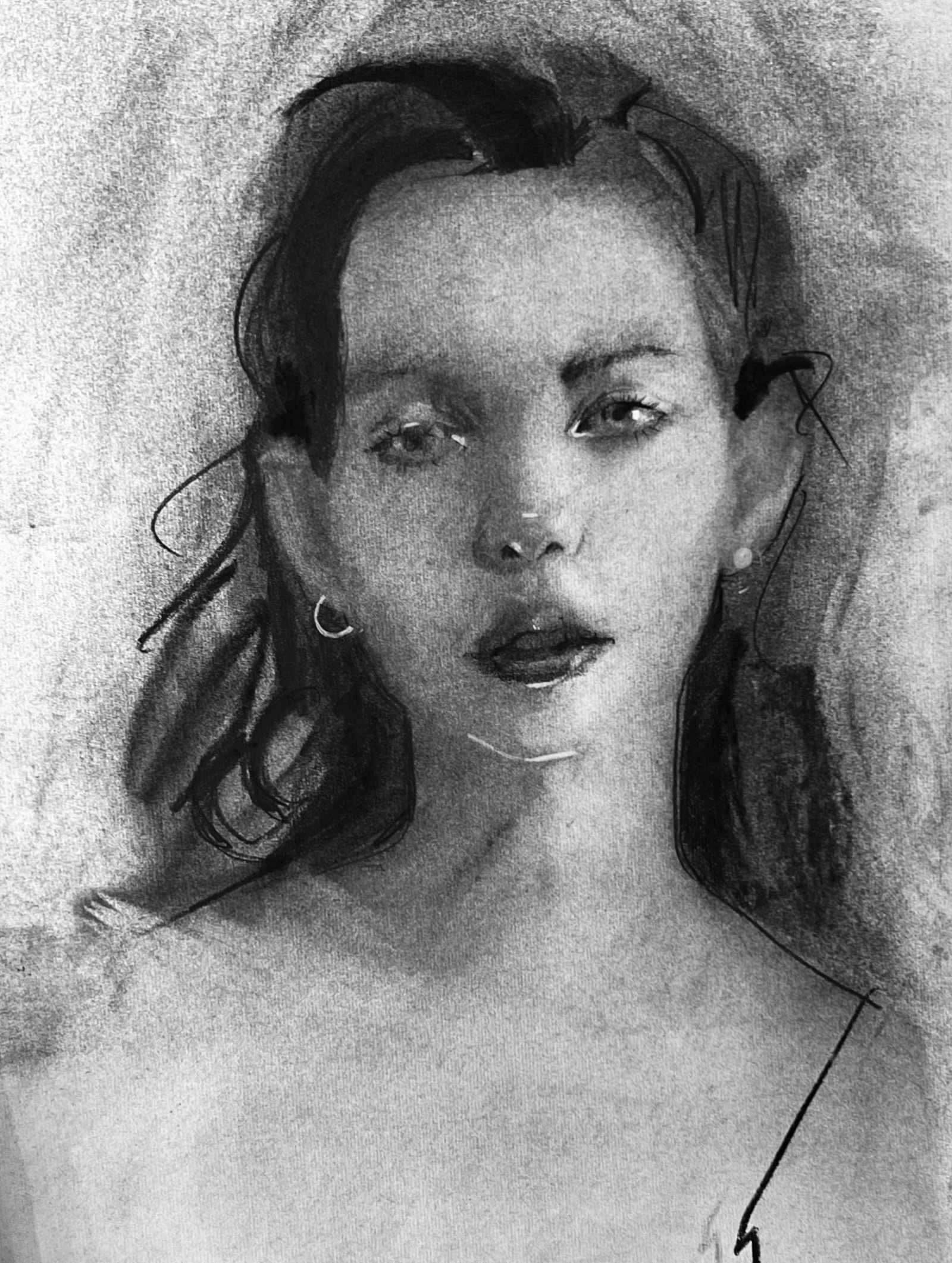
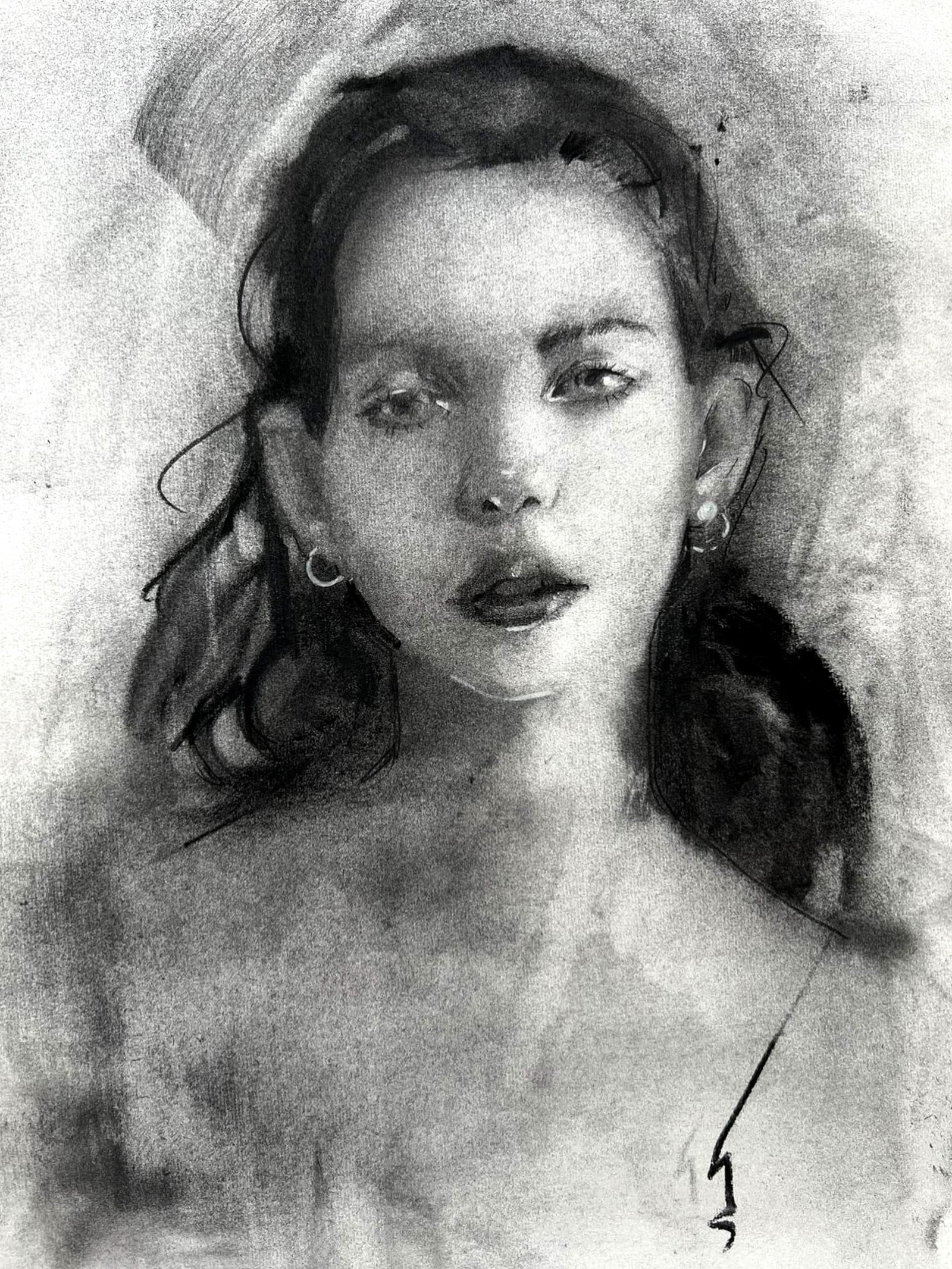
Basecoat Charcoal
The steps of applying a basecoat charcoal mainly involve establishing the overall shading and light-dark effects, laying a solid foundation for the sketch artwork. This way, in the subsequent drawing stages, it will be easier to depict details and textures.
Constructing the Outline
Avoid using overly thick lines, maintain a sense of lightness. Ensure accurate proportions in your drawing. When initially constructing the outline, there's no need for excessive detail; the focus should be on capturing the overall shape of the object. Check whether the contour aligns with your expectations.
Depicting Details and Creating Layers
Depicting details and adding more layers is a crucial aspect of sketching. It enriches the composition, making it more expressive. Through meticulous handling and versatile drawing techniques, you can infuse your artwork with more vitality, making it stand out even more brilliantly.
An Exceptional Starting Point of Talent
Sketching is acclaimed as the foundation of drawing due to its pure, delicate, and fundamental nature. It aids artists in establishing a strong technical foundation and artistic sensibility. Regardless of your preferred medium of artistic expression, sketching is an indispensable element.
Sketching is an abstract and simplified form of expression that helps us understand the composition and proportional relationships of forms. These skills are crucial when venturing into other mediums of artistic creation.
Furthermore, in sketching, we need to keenly observe the details and textures of objects and accurately portray them through brushstrokes. This training sharpens our eyes, enabling us to capture more subtle visual information and better convey the world we see.
Whether you're a beginner or an experienced artist, sketching serves as an exceptional starting point for anyone learning to draw. Only by mastering the basics of sketching can we confidently and proficiently showcase our creative expressions in the world of art.

The Six Learning Indicators of Sketching
01
The First Lesson for Beginners in Art
Sketching serves as the foundation of drawing, capturing shapes, shadows, and color relationships. It aids in comprehending light and shadow effects as well as color relationships. Training skills and observation enhance creative thinking.
02
Getting to Know Various Sketching Tools
Understanding various sketching tools opens the door to creativity. Pencils, charcoal, charcoal pencils, pastel pencils, scratchboards, and more – sketching tools can be combined based on different creative styles and requirements.
03
Understanding the History and Origins of Sketching
Delve into the origins of sketching art, exploring its historical evolution. From ancient Greece to the present day, discover sources of artistic inspiration, sparking creative potential.
04
Comprehensive Proportion Framework Training
You will undergo focused training in sketching portraits and human body proportions. Through meticulous guidance, grasp the key proportions, crafting more accurate and vibrant artistic works.
05
Training in Tones and Shades
Uncover the mystery of color in sketching, learning techniques in tones and shades. Enhance expressiveness, making the composition vivid and three-dimensional, showcasing authentic aesthetics.
06
Experience the Joy of Sketching
Learning something new is exhilarating, and the act of picking up a pencil can also boost your confidence in drawing.
PASTELS AND COLOR PENCILS
Studying colors is a fascinating and never-ending journey.
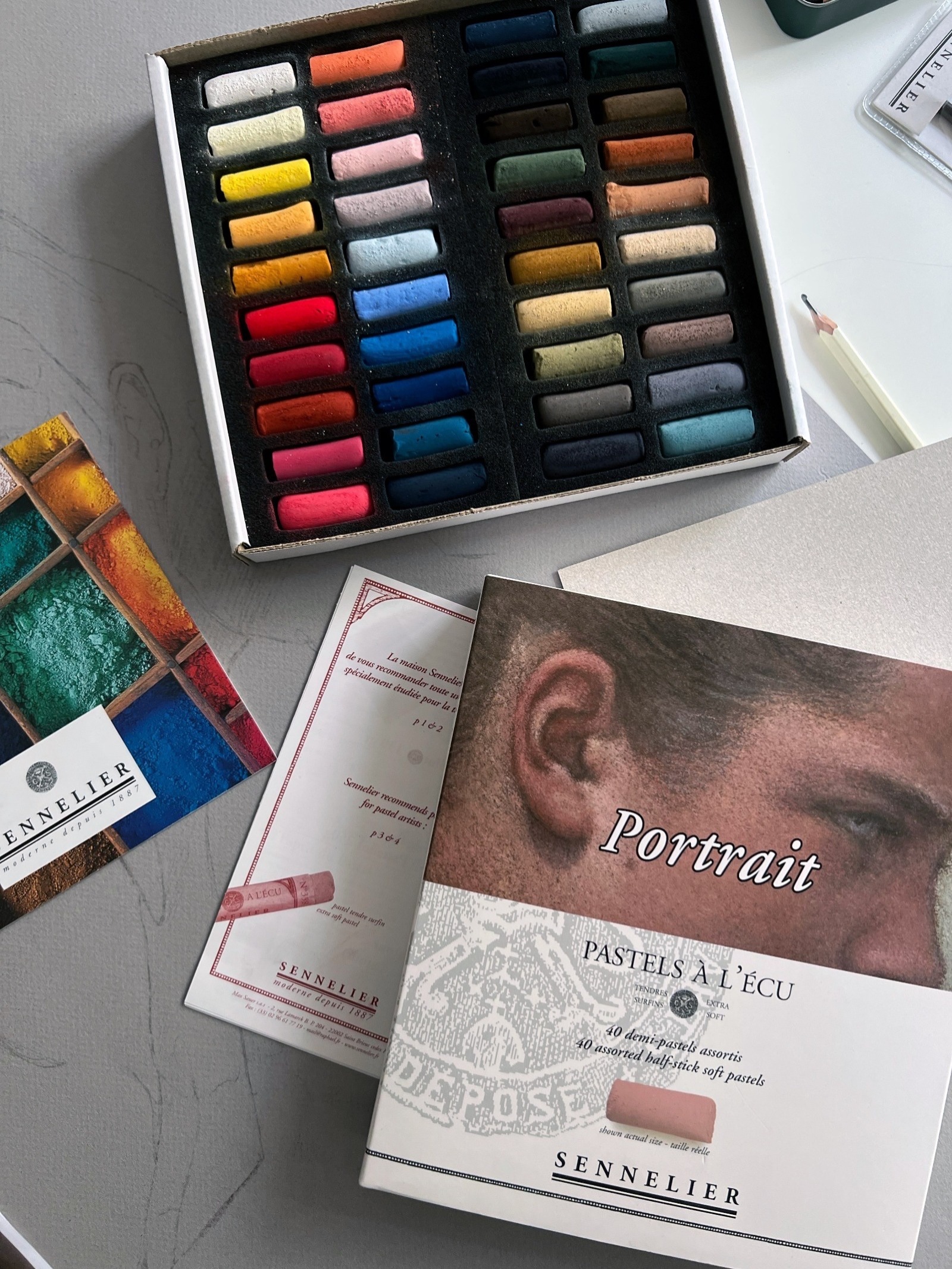
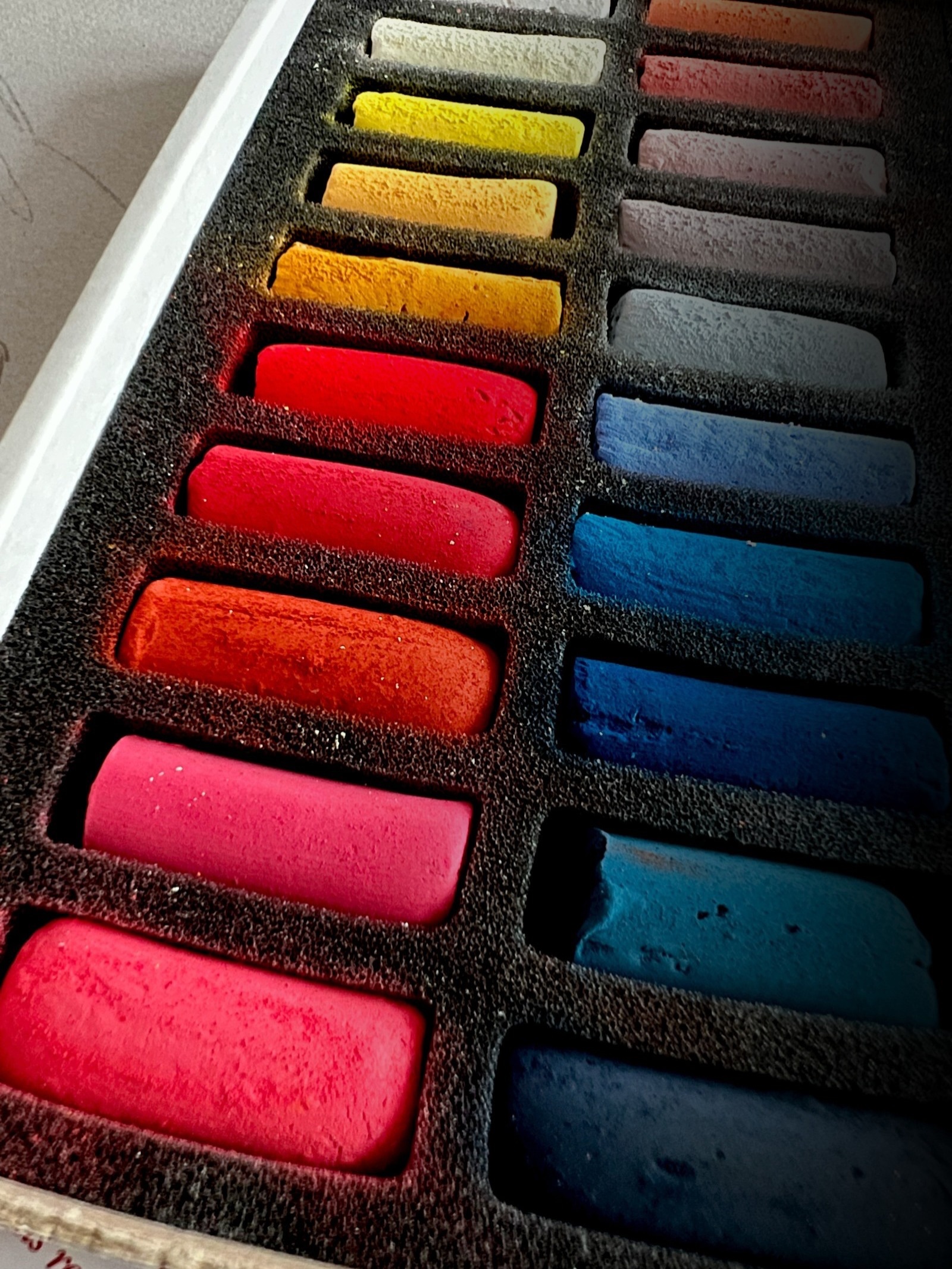
Fun Facts About Pastels
"The Rhythm of Art: Exploring the Common Path of Pastels and Charcoal"
Pastels, as a graceful and gentle artistic medium, are beloved by artists and enthusiasts alike due to their rich colors and layered effects. Originating in the 18th century, pastels were initially used for portraying portraits and later extended to various subjects like landscapes and still life, becoming a popular painting medium. Despite sharing many commonalities with charcoal, pastels have their distinct characteristics and modes of expression. Pastels exhibit softness and a vibrant color palette, making them suitable for rendering light and shadow variations and creating a gentle ambiance. On the other hand, charcoal primarily relies on black and white grayscale, emphasizing line work and chiaroscuro. By selecting different mediums, artists can tailor their artistic expressions to various styles based on their creative needs.
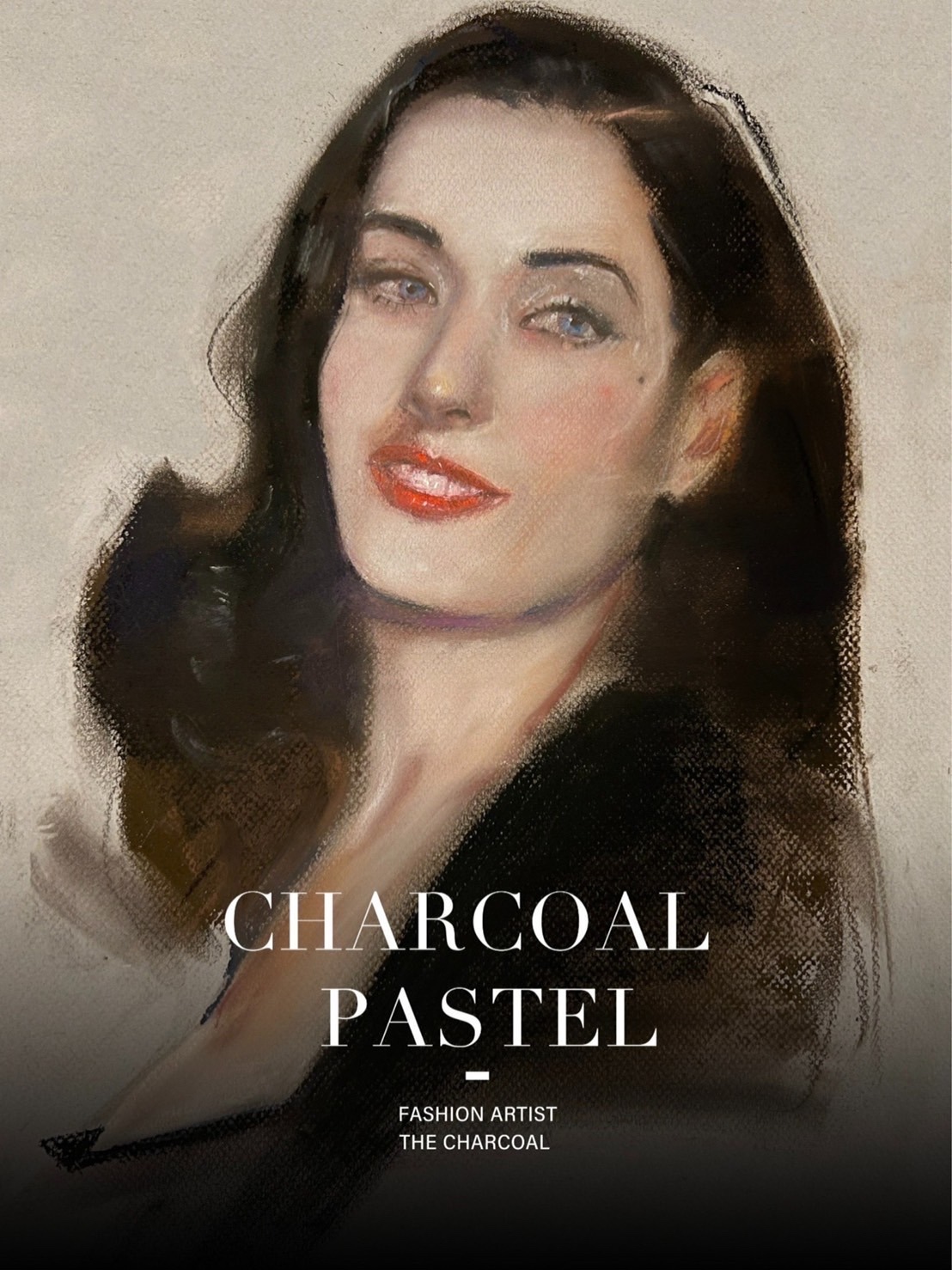
Master the principle -
The color art that best captures the translucency of light and shadow.
The colors of pastel, an artistic portrayal of light and shadow in the world.
The colors of pastels represent the art of light and shadow in the world. It's an expressive form of art that portrays the beauty and complexity of light and shadow, carrying a remarkable sense of translucency.
Analyzing the Process of Applying Pastel Colors
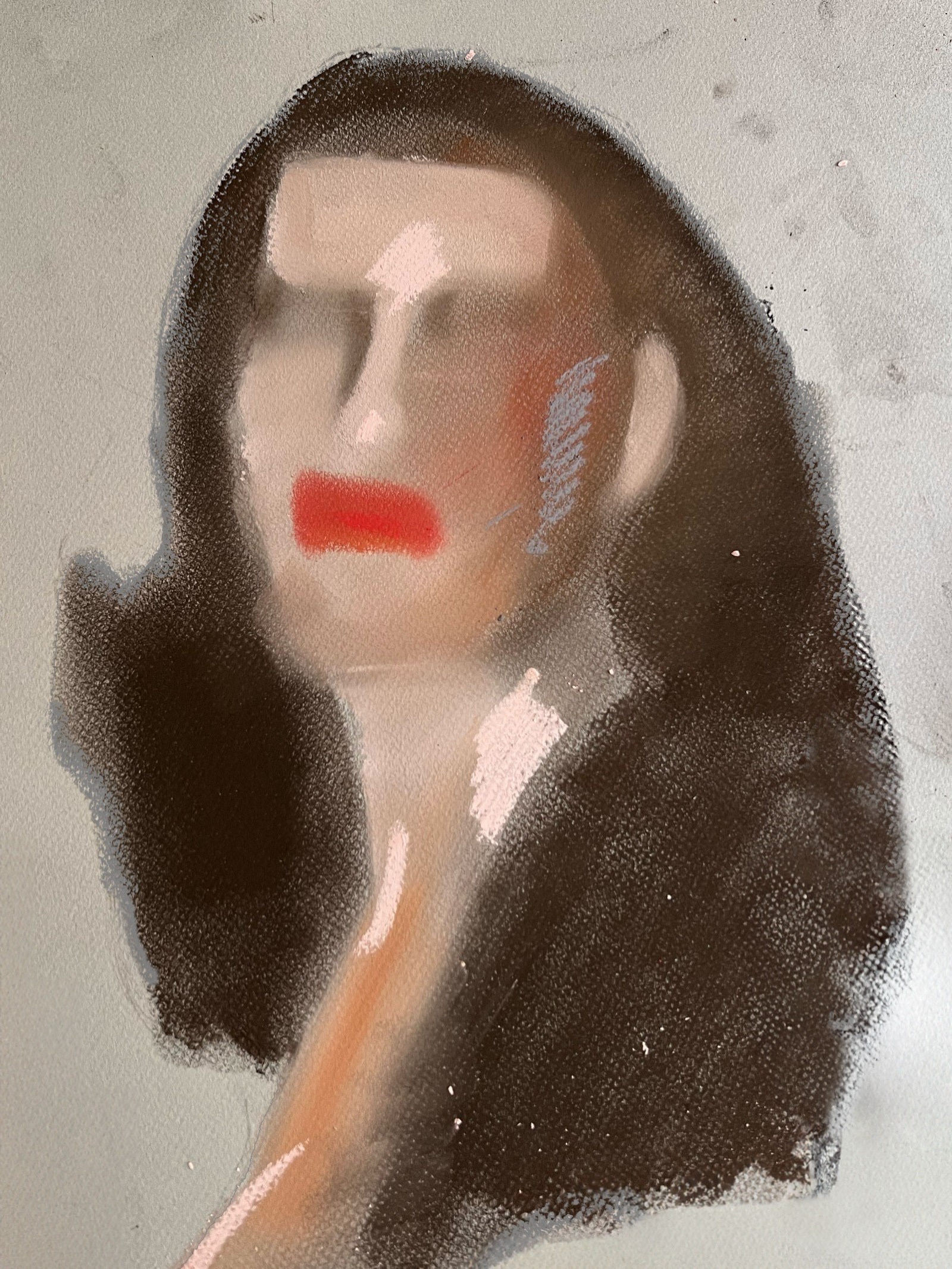

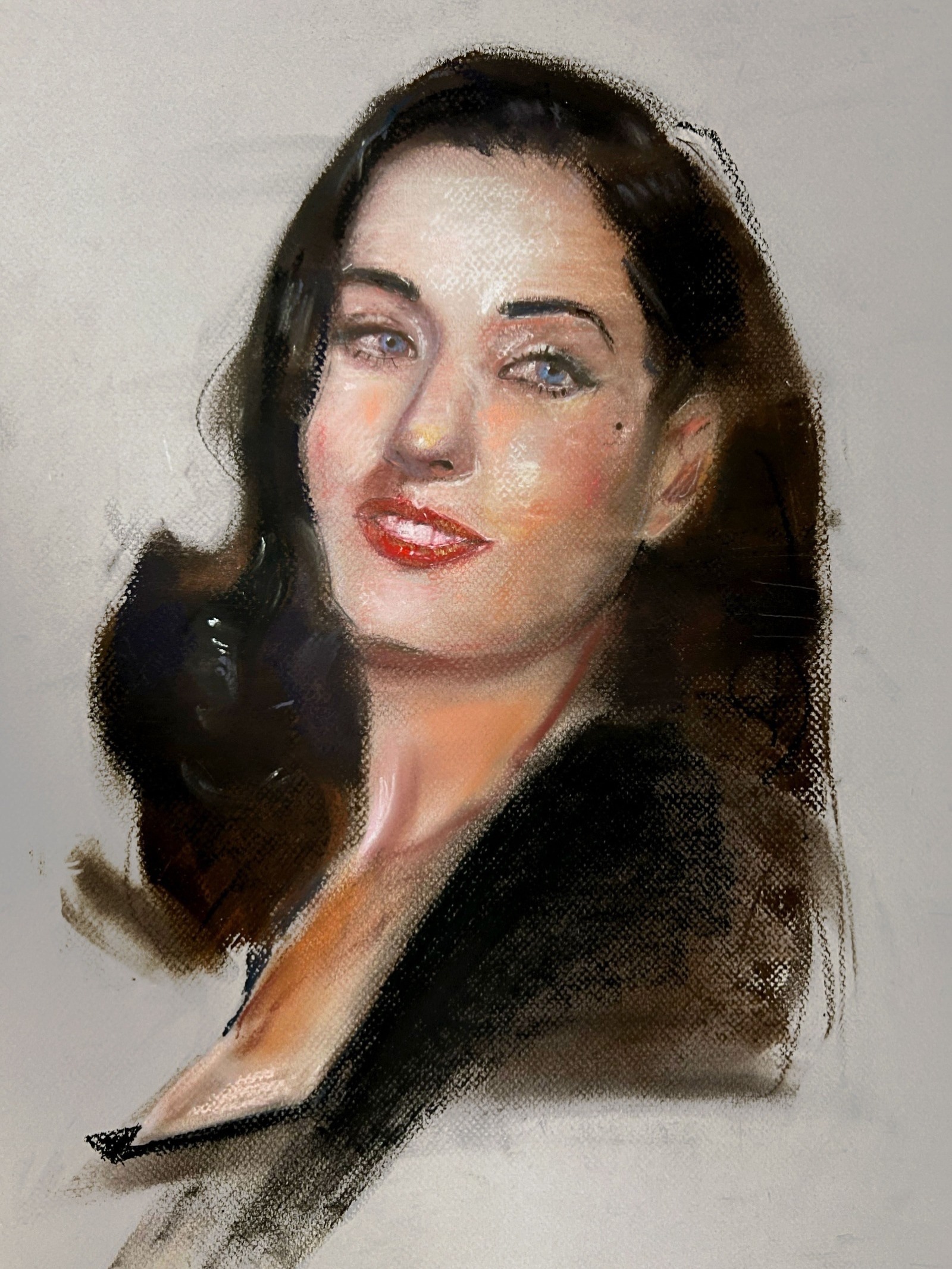
Basecoat Pastel
The first step in creating a pastel painting is to establish the base color, which is a crucial step in setting the overall tone and atmosphere of the artwork. Using pastel pigments or pastel pencils, start with the largest areas and apply color with gentle strokes to construct the foundational base of the entire composition.
Constructing the Contours
After establishing the base color, you can proceed to the next step of adding shadows and detailing, enhancing the vibrancy and richness of your pastel artwork. Pay special attention to the curves and transitions of the subject, ensuring that the depiction of these areas is smooth and natural.
Depicting Details and Creating Layers
Creating layers is the key to giving the portrait more depth. Carefully portraying the shape and texture of each feature makes it more precise and lifelike. Continuously adjusting brushstrokes and colors until you achieve the desired effect.
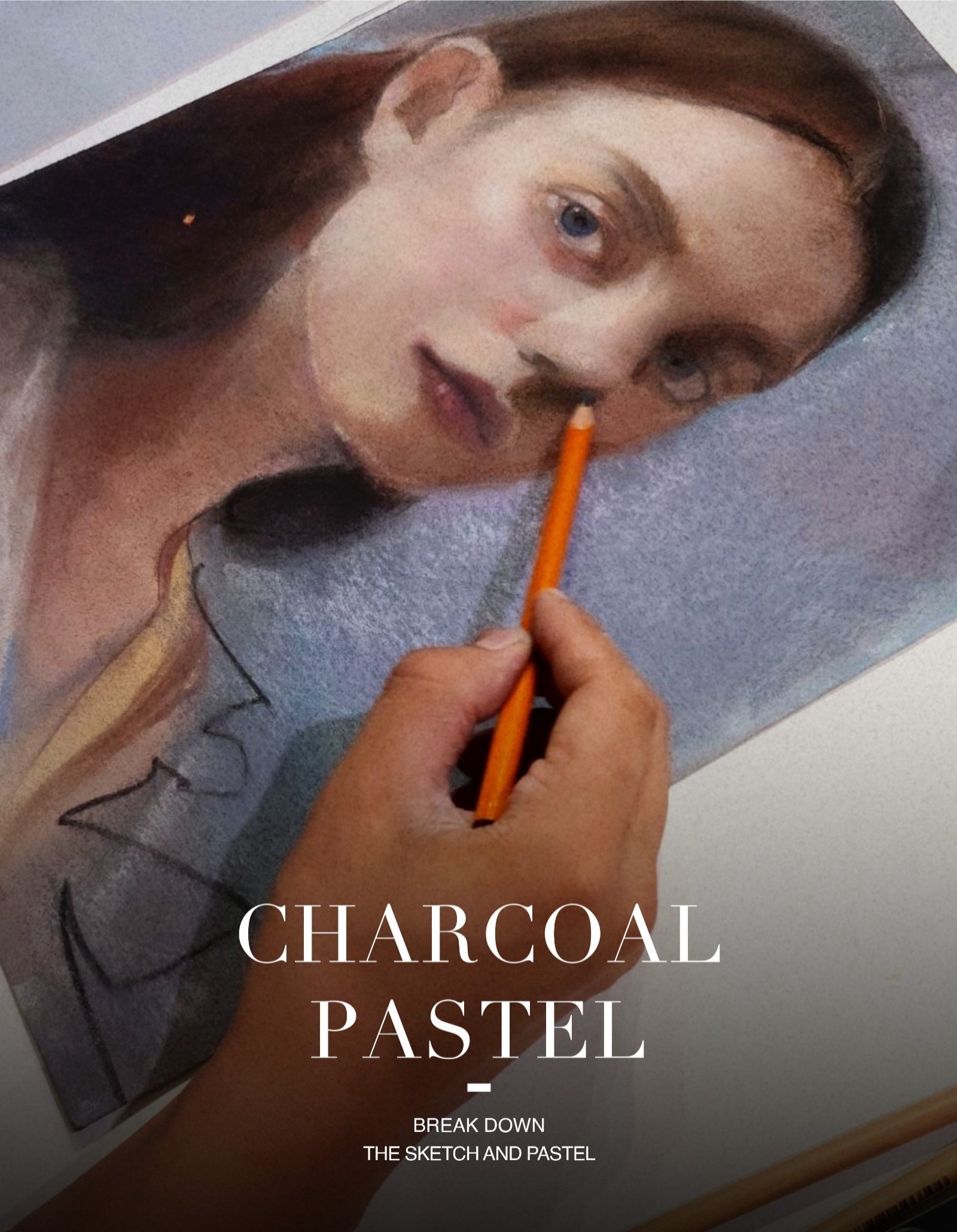
Classical Style -
"Oil Painting-like Pastels: The Essence of Osmanthus Painting" - Infusing the artistic soul of oil painting into pastels, presenting the artistic essence of Osmanthus painting.
Oil Painting-like Pastels, transporting you to the realm of the Osmanthus Art Gallery. Through exquisite pastel techniques, recreate the delicate texture and rich layers of oil painting. When depicting object shapes and textures, opt for denser brushstrokes to simulate the texture and effects of oil painting brushstrokes.
Oil paintings often emphasize light and shadow effects, so in pastel paintings, also focus on representing the object's light and dark areas, as well as shadow variations, to enhance the three-dimensional quality of the artwork.
Simulating an oil painting style with pastels requires some skill and patience, but through continuous practice and creation, you can craft stunning artworks that showcase your unique creative flair.
Different Styles of Pastel Depiction Created
Analyzing the Powder Pastel Rendering Techniques Shaped by Different Styles
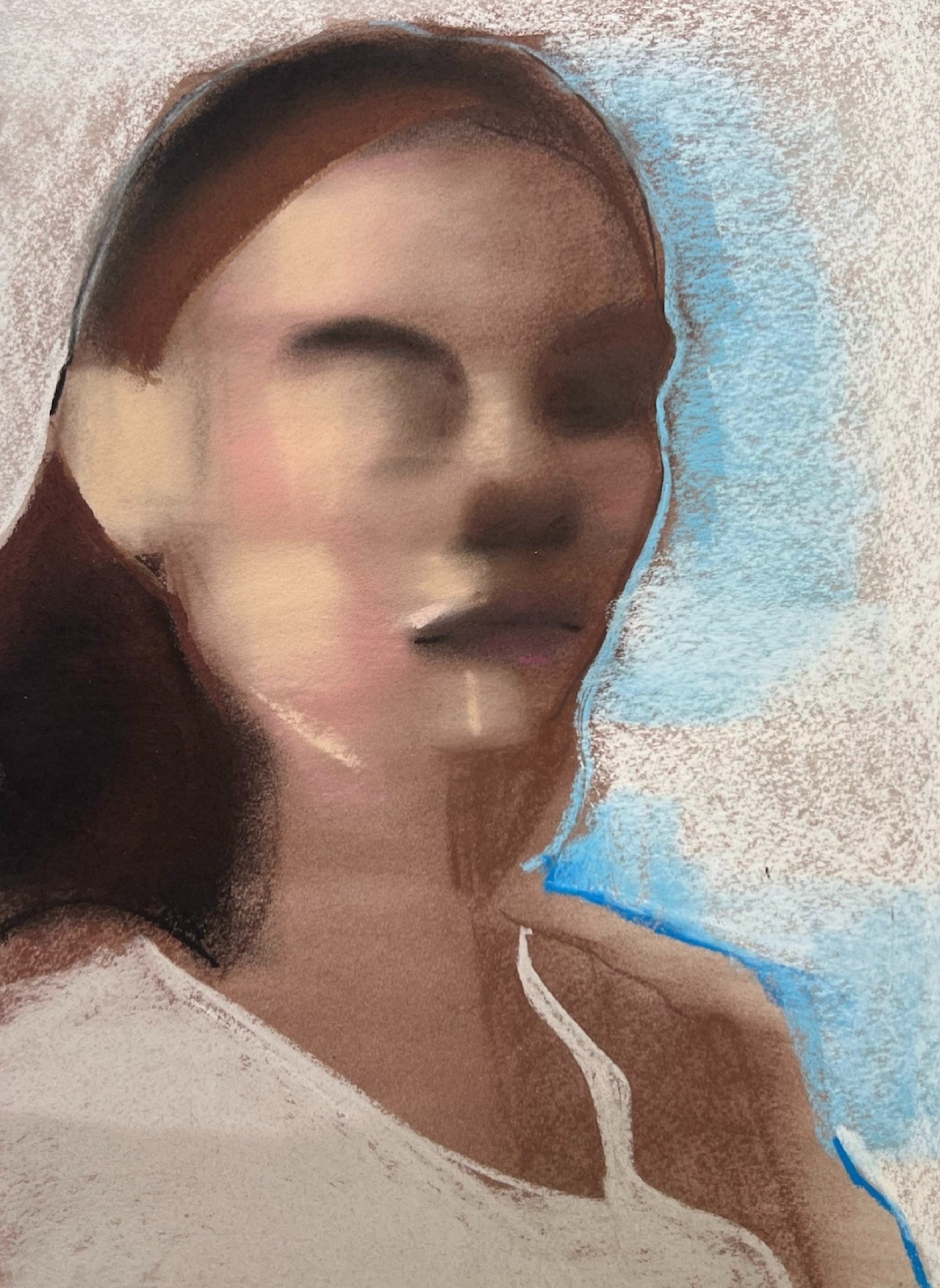
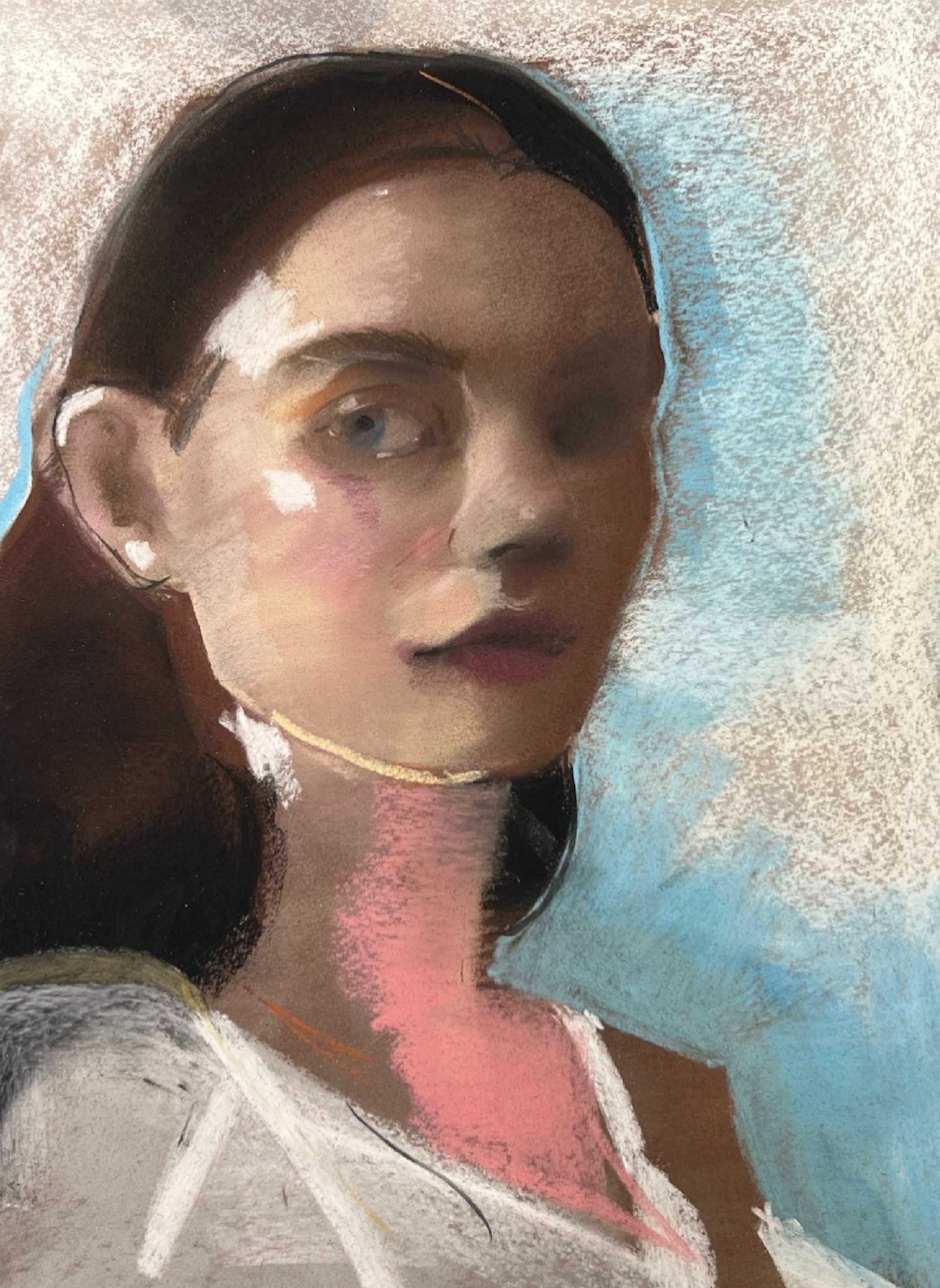
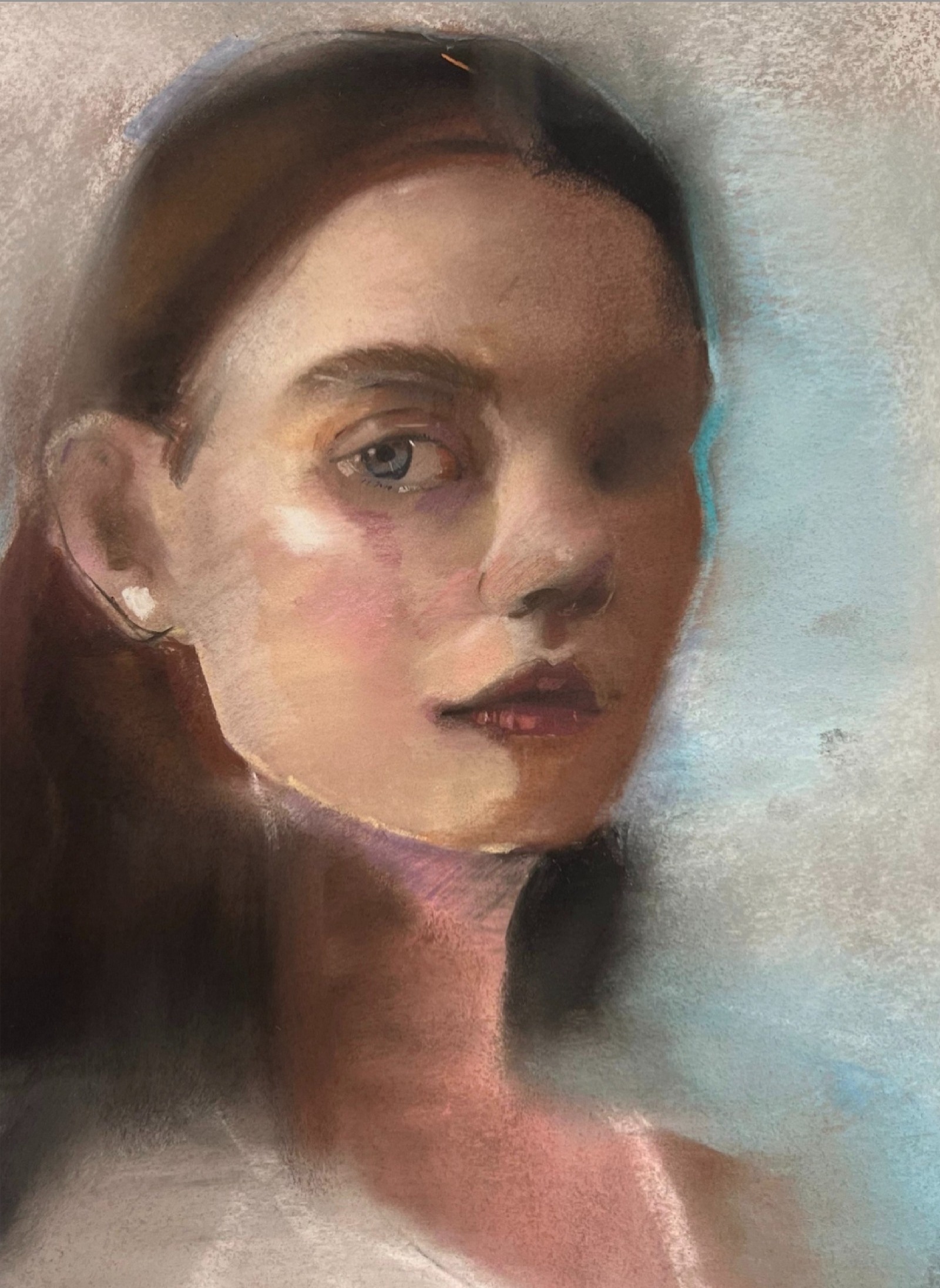
BASECOAT PASTEL
Before starting the coloring process, decide on the overall color tone and atmosphere of the composition. This will help you maintain consistency throughout your subsequent work. During the process, strive for even distribution of colors, avoiding noticeable brushstroke marks.
CONSTRUCTING THE CONTOURS
If there are subtle textures or details in the composition, you can address them further at a later stage. This step is mainly about establishing the basic color tones and structure. You can utilize simple geometric shapes to help you grasp the approximate proportions and positions of objects.
DEPICTING DETAILS AND CREATING LAYERS
When depicting details, maintain the natural flow of your brushstrokes, avoiding excessive stiffness in your rendering. Keep the artwork feeling fluid and organic. Avoid dwelling too much on insignificant parts, as this can enhance the prominence and visual appeal of the subject.
SIX LEARNING GUIDELINES FOR PASTEL ART
01
Introduction to Pastel Painting for Beginners
Pastel painting is a technique that involves layering colored powders to create artwork. It utilizes various colors mixed to produce changes in light and shadow, making the artwork more realistic and closely resembling the changes in light and shadow on objects and portraits.
02
Familiarizing Yourself with Various Pastel Tools
Get to know the tools of pastel painting and skillfully combine available resources. From the basic tools like pastels, fixatives, and pastel brushes to using your fingers or readily available everyday items for blending, smudging, scraping, and rubbing to create interpretations.
03
Understanding the Relationship between Pastel and Sketching
The essence of sketching lies in perceiving and capturing light and shadow variations, as portraying these can enhance the realism of the artwork. Pastel sketching, on the other hand, builds upon sketching by incorporating color to enhance the depth and layers of light and shadow, enriching the color variations of each light falling on the objects.
04
Interplay between Charcoal Pencils and Pastels
Charcoal pencils are made by compressing a mixture of charcoal and binding agents, resulting in a matte and non-reflective texture that can produce deep and velvety blacks. By combining the detailed shading capabilities of charcoal pencils with the softness of pastels, you can create artworks with strong contrasts and delicate transitions.
05
Precise Value Arrangement
Understanding the value arrangement and relationships in pastel work is essential. Different application methods, pressures, and angles can yield varying depths of values. Complementing these values with contrasting pastel colors further accentuates the subtleties of light and shadow variations.
06
Advanced and Expanded Application of Pastels
Dive into self-expression through innovative approaches. Experiment with diverse mixed media and detailed techniques, exploring methods such as dry-wet blending, color layering, layered application, and media mixing. Find what suits your artistic style best and create unique pieces that are truly your own.

WATCH ANYTIME,
ANYWHERE, ON ANY
DEVICE. UNLIMITED
VIEWING.
No restrictions on devices, watch the course anytime, anywhere. Whether you prefer learning on your mobile phone on-the-go or enjoying the course on a computer's large screen, it caters to various devices and offers unlimited viewing.
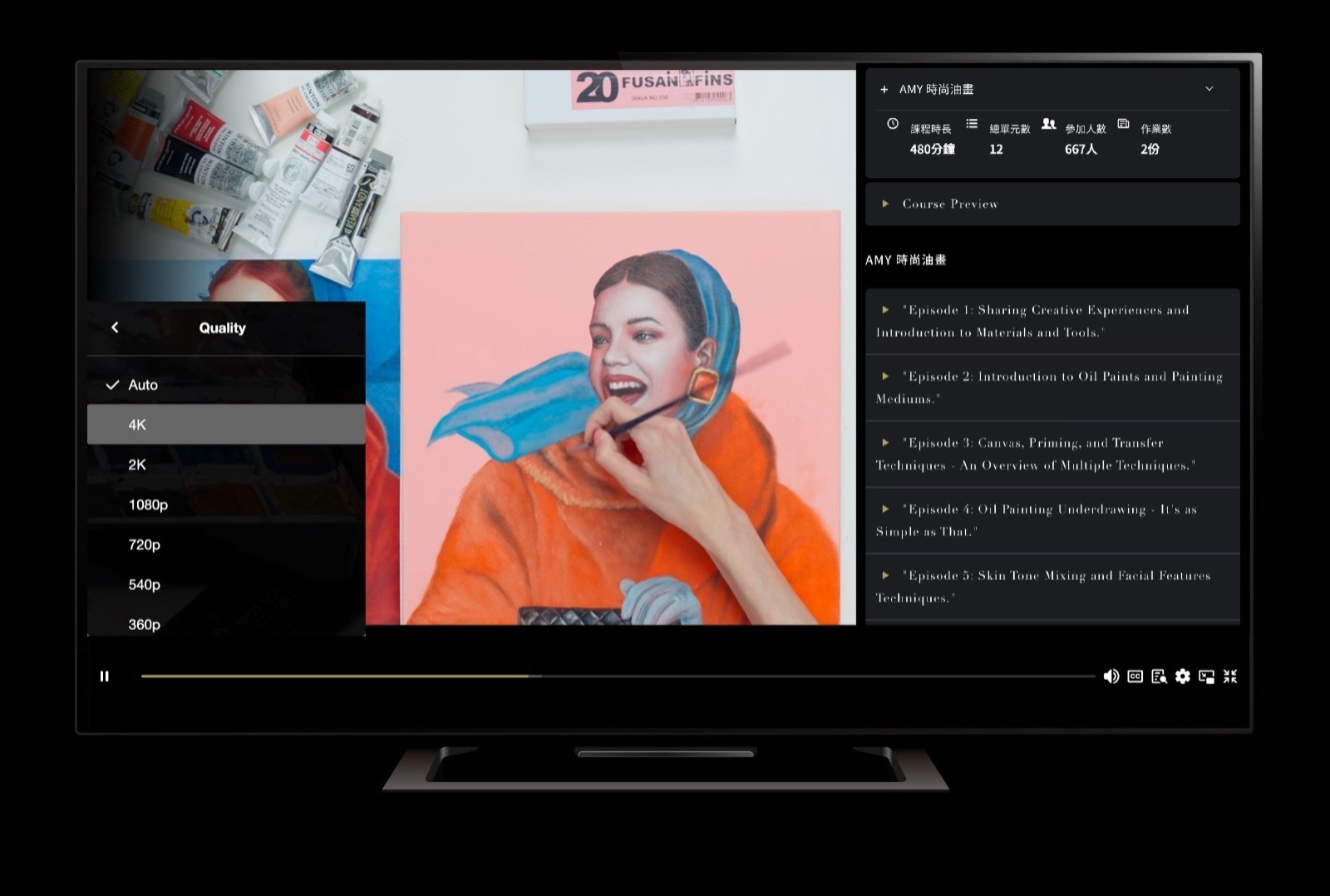
NO INSPIRATION?
WATCH TV.
You can watch GARYTU Online Classes on various devices such as smart TVs, PlayStation, Xbox, Chromecast, Apple TV, Blu-ray players, and more.
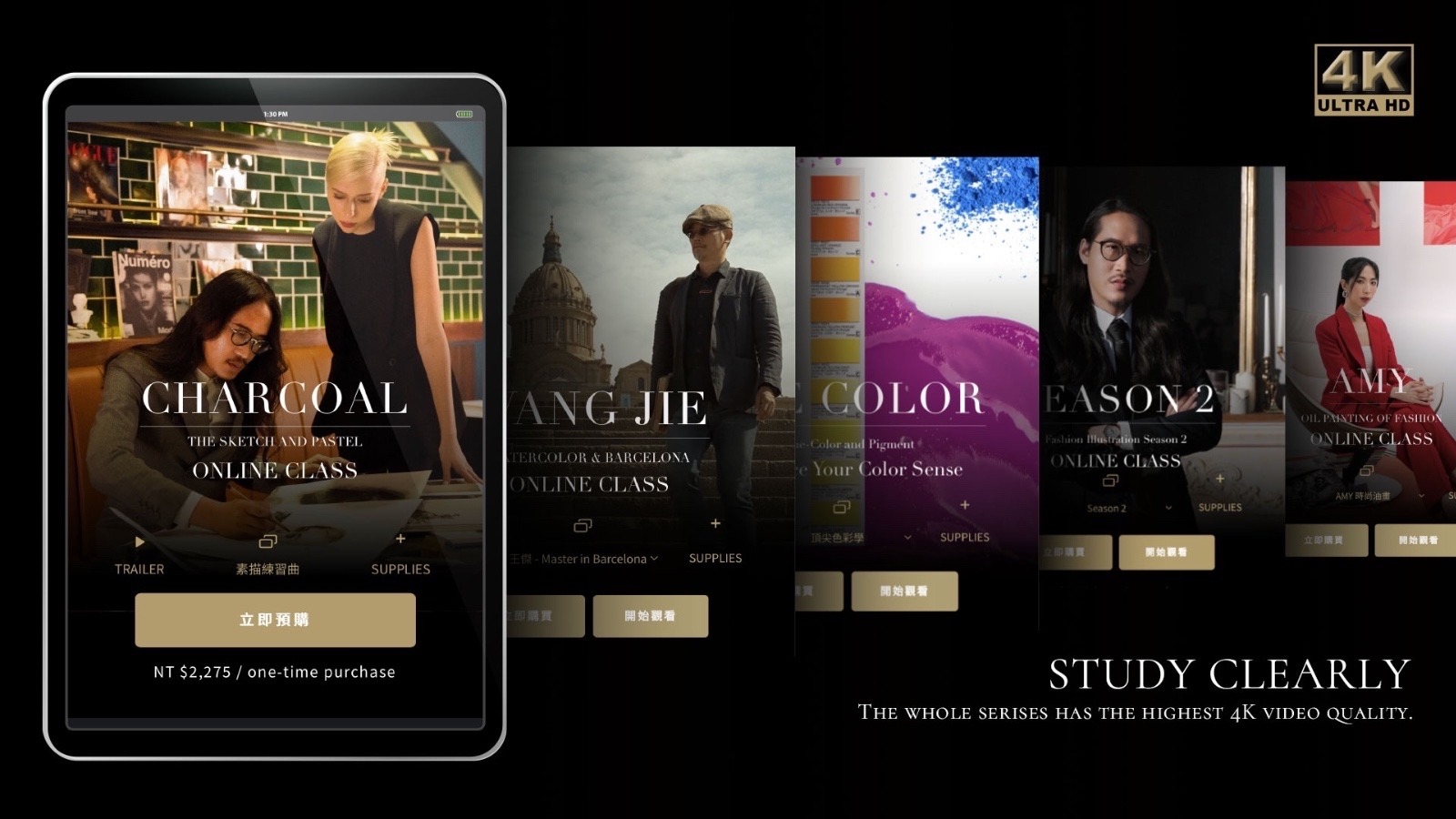
4K HIGH-DEFINITION, ONLINE AND
OFFLINE, SURPASSES EVERYTHING.
Worried about not being able to see the important details of your learning through the screen during the class? No need to worry! The entire range of GARYTU Online Classes offers you the highest 4K HD quality. With just one click to pause and zoom in, you can see the painting details more clearly. Providing you with a high-quality experience that feels like learning in person with the masters.
About Class
-
Course Summary & Learning Indicators
Condensing the Essence of 30 Rich Drawing Courses, Gradually Guiding Students' Growth, and Offering Different Levels of Skills and Knowledge, Allowing Each Student to Develop Their Artistic Path According to Their Own Level and Interest.
"Pencil Sketching," "Charcoal + Charcoal Pencil Application," "Pastel Style," "Portrait and Human Figure."
General Questions
-
What can be learned from the content of this top color course?
Instructor: Garytu
Suitable for: Beginners interested in understanding basic charcoal and pastel techniques, junior high and above art students, students from art and design colleges or related university programs; those looking to specialize in color pencil and pastel color mixing; in addition to watching 'Top Color Theory' for a comprehensive understanding of color, this 'Sketch Exercise' class by Garytu offers extra insight into color pencil and pastel application. Students will learn that different materials yield distinct colors, and will explore the basic process of pastel coloring, establishing base colors, observing the curves and transitions of the subject to outline contours, and most crucially, creating layers and depth to give a three-dimensional feel. This course promises to provide a fulfilling learning experience.What will you learn in this course?
- Familiarity with various sketching tools.
- Understanding the differences between charcoal pencils and charcoal.
- Exploring the depiction of different textures, from rough to smooth, to recreate authentic tactile sensations of objects. Learning from GARYTU how to capture the emotions and lively atmosphere of a moment while sketching. Grasping the principles of geometric light and shadow to enhance the depth of facial features. Analyzing light and shadow on white or light-colored sculptures to understand handling black, white, and gray shades. Employing concise lines to interpret light and shadow.
-
How many times can online courses be viewed?
No period or number of times limits for watching the video after your purchase.
You may watch the videos at any time, with any device, such as mobile, tablet, and PC. -
When will the Sketch Exercise course start broadcasting?
"Sketch Exercise" will start broadcasting on October 8th. -
Applying for the GARYTU exquisite enrollment gift - Receiving method.
After completing the course purchase, you can apply for the GARYTU hand-drawn exquisite hand-bound set. Here's how the student's receiving information will be managed:
The production team hopes that everyone can immerse themselves in the course content along with the instructor. The enrollment gift is a specially customized product for the online course, and the shipping batches will be arranged based on the order of students' submissions.
The estimated shipping time is 2-3 weeks after the course starts, with batches sent out according to the order of course orders.
After purchasing the course, please update your address in your member information. If the original recipient's information remains unchanged, the shipping will be prioritized according to the order of course orders.
This gift is for participants in the main event in Taiwan. For participants outside of Taiwan, you can provide an English shipping address. If there are countries where shipping is suspended or incomplete addresses that cause EMS returns or postal issues, please understand that the enrollment gift cannot be resent to overseas or domestic locations.
To ensure that you receive the gift, please confirm that your personal shipping information in your member profile is complete and accurate.
The actual distribution of the enrollment gift will be carried out in batches, according to the order of submissions. Please be attentive to your email for shipping notifications.
Due to limited supplies and workflow, the actual distribution is expected to occur sequentially after the course starts, according to the order of registrations.
Get Started
-
Can I watch immediately after making the payment?
Payment will be processed now, and the first episode will be available upon the course launch on 10/8. Subsequently, one episode will be released every week for a total of 30 lessons.
-
How can I log in when the course starts after purchasing the course?
For those who have purchased our course before, please click on the block on top right corner and choose Member
After login to your account, please click "Online Class" and then click "Get Started" to begin your journey.
1. You haven't login before you click "Get Started" button.
If the payment page still remains, the followings are some possible reasons and suggested solutions:
2. Please remember your registed email and password.
3. If you use your Facebook account to make the purchase, please remain this state when you want to watch the video.
4. Make sure you use the same account to view the video. Avoid using the account which you haven't complete the payment.
5. Avoid using other people's email to register your account. -
I have made the payment, but I am unable to access the course and the order record shows unpaid.
The followings are some possible reasons:
1. If you pay by direct transfer, it takes about 1 day for confirmation.
2. If this situantion exists after you pay by third-party payment platform, such as ATM transfer or Ibon/Famiport etc, you will have to check whether you login to the correct account. Please login to the account you make your purchase.
3. Please click on the "Forget password" button to check your registed email as the password will be delivered to that mailbox. -
Why do I fail to reset password?
The system will send you a login password to the email address you registered with while you choose to reset your password.
Please use the password provided within the designated time frame to complete the login. Once logged in, you can click on Member to access the page, then click on "Edit Member Information" to modify your password.
Domestic Payment Questions
-
May I pay by credit card?
Yes, for those who live in Taiwan. We accept VISA、Mastercard、JCB and many other credit card service.
Line Pay
-
What to do if I fail to pay by credit card?
Don't worry, just place the order again and complete the payment process.
If you fail to pay many times, please check your internet connection and your card balance.
If you could not complete the purchase, please contact us with Line @vft0728y or e-mail.
We will contact you within 12-24 hours by text or phone.
-
May I pay by direct transfer?
Yes, we accept ATM trasfer, wire trasfer and online bank transfer.
If you have any questions related to payment, please inquire through our Official LINE Account -
Can I apply for a unified invoice?
You can apply for an invoice with either a two-part or a three-part tax identification number format. Kindly send a message to the official LINE@ account for GaryTu Fashion Illustration to notify your request for issuance. Here's the information:
Official: GaryTu Fashion Illustration
LINE ID: @vft0728y
https://lin.ee/pHSwEoF
Foreign Payment Questions
-
May I pay by credit card?
We accepts Paypal, Ecpay, Newebpay.
If you could not pay sucessfully, please contact us by pressing the Contact button and leave your information to wait for our response shortly.
Official LINE Account -
Why I failed to pay by credit card?
1. Don't forget to use your local credit card.
2. Please use Paypal to make the purchase. For more details, please see " What could I do if I keep failing to pay with credit card?".
3. Please contact us for assistance.
4. For payment from overseas, please write email to feyr5fly@hotmail.com and include your name/ nasionality/ mobile number. We will get to you as soon as possible.For those who are from Malaysia and Singapore, we are glad to annouce that we are on our progress to develop some payment methods, such as IPAY88 and APPLE PAY. Stay tuned to our website.
-
What should I do if the card payment fails?
Currently, there is an issue with linking PayPal from overseas, so friends who wish to register are kindly requested to register via Email : feyr5fly@hotmail.com
Please also provide your nationality, name, phone number, and email.
We will send you the PayPal link or payment information for your reference.
Thank you.


